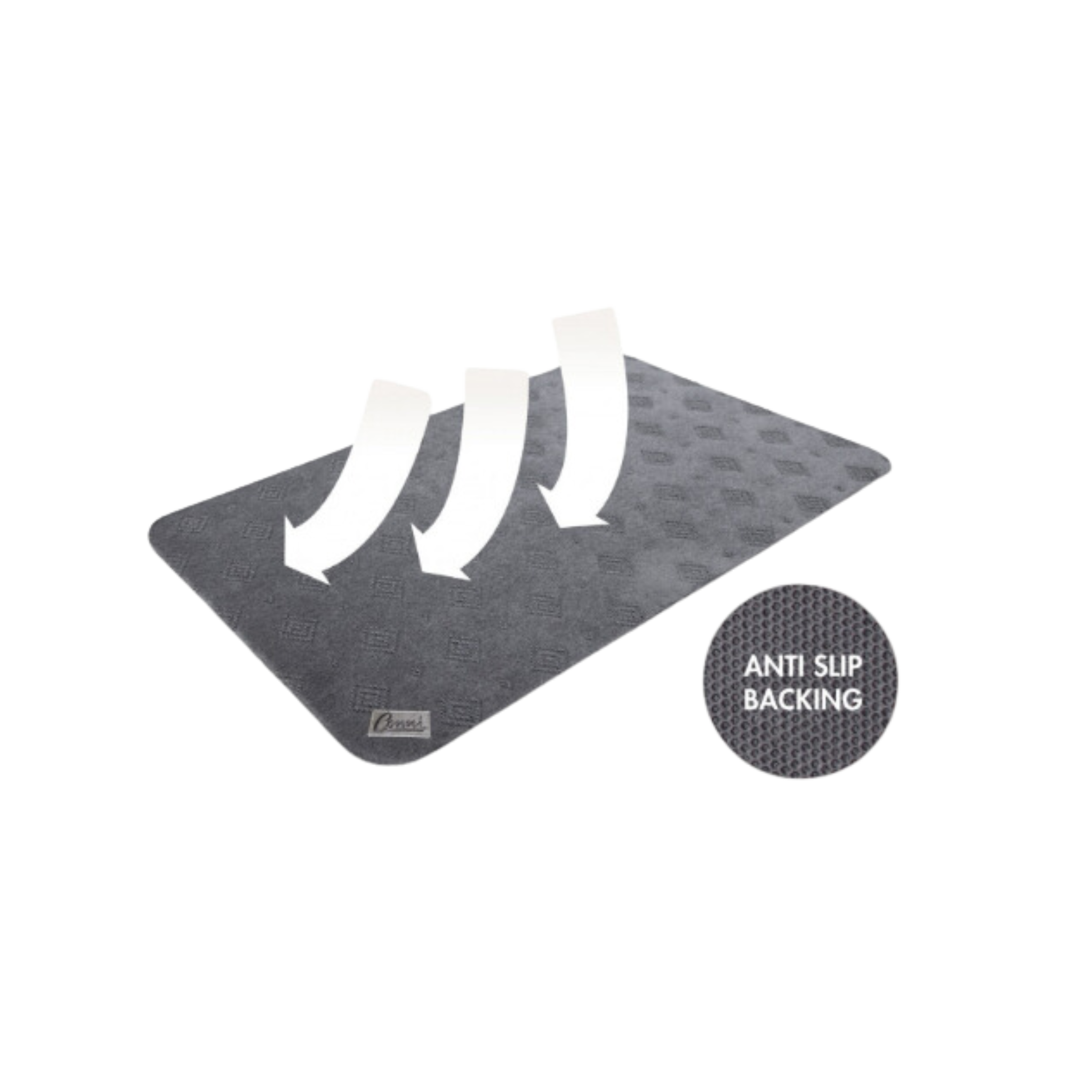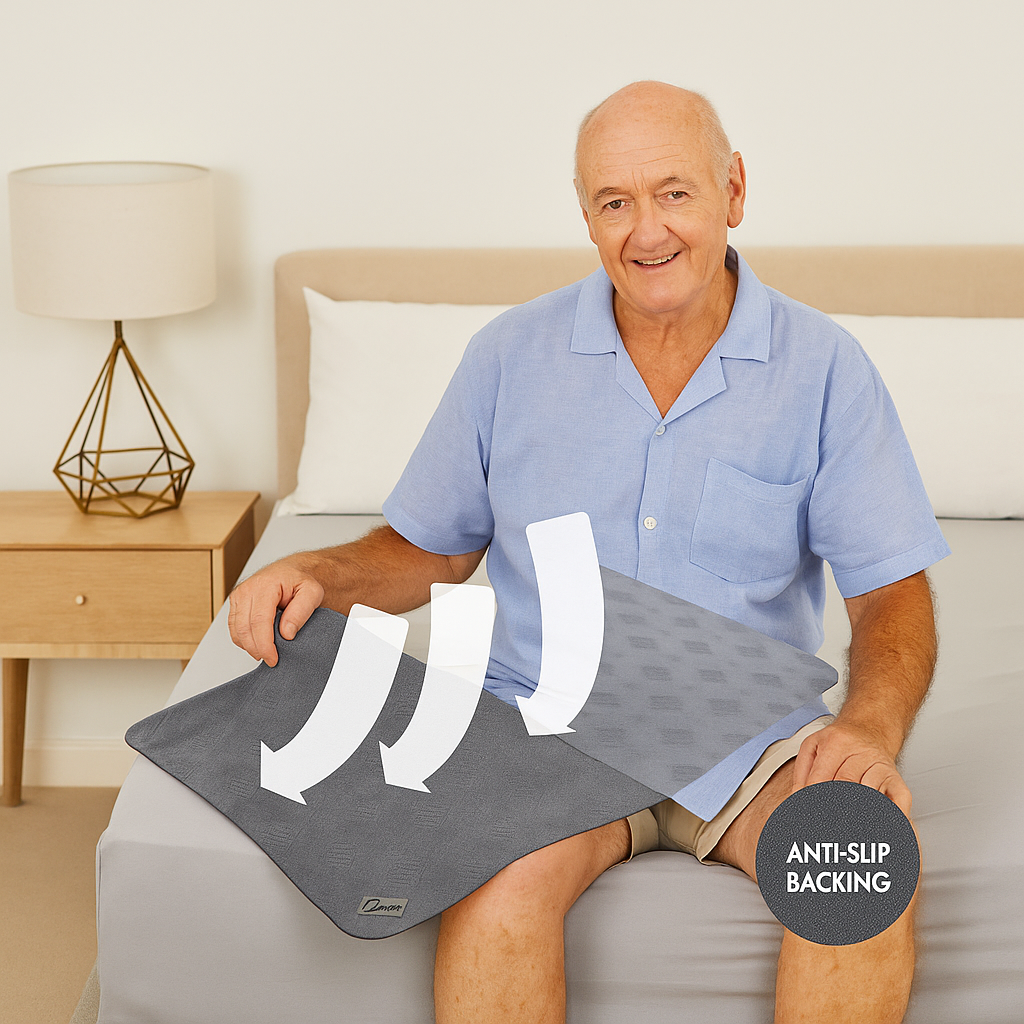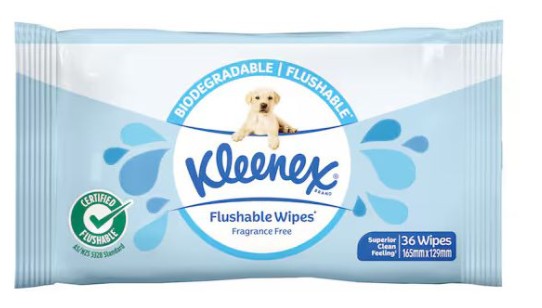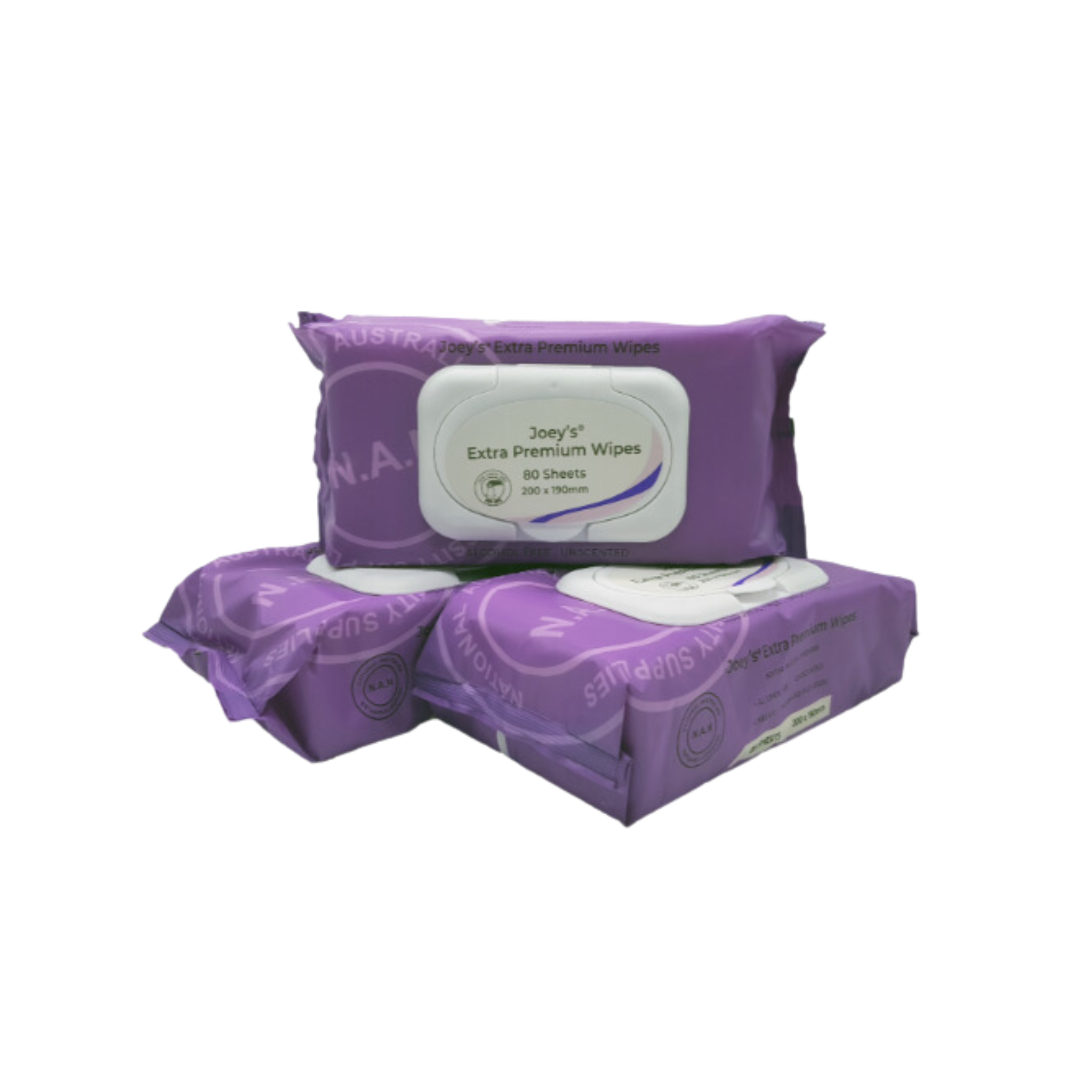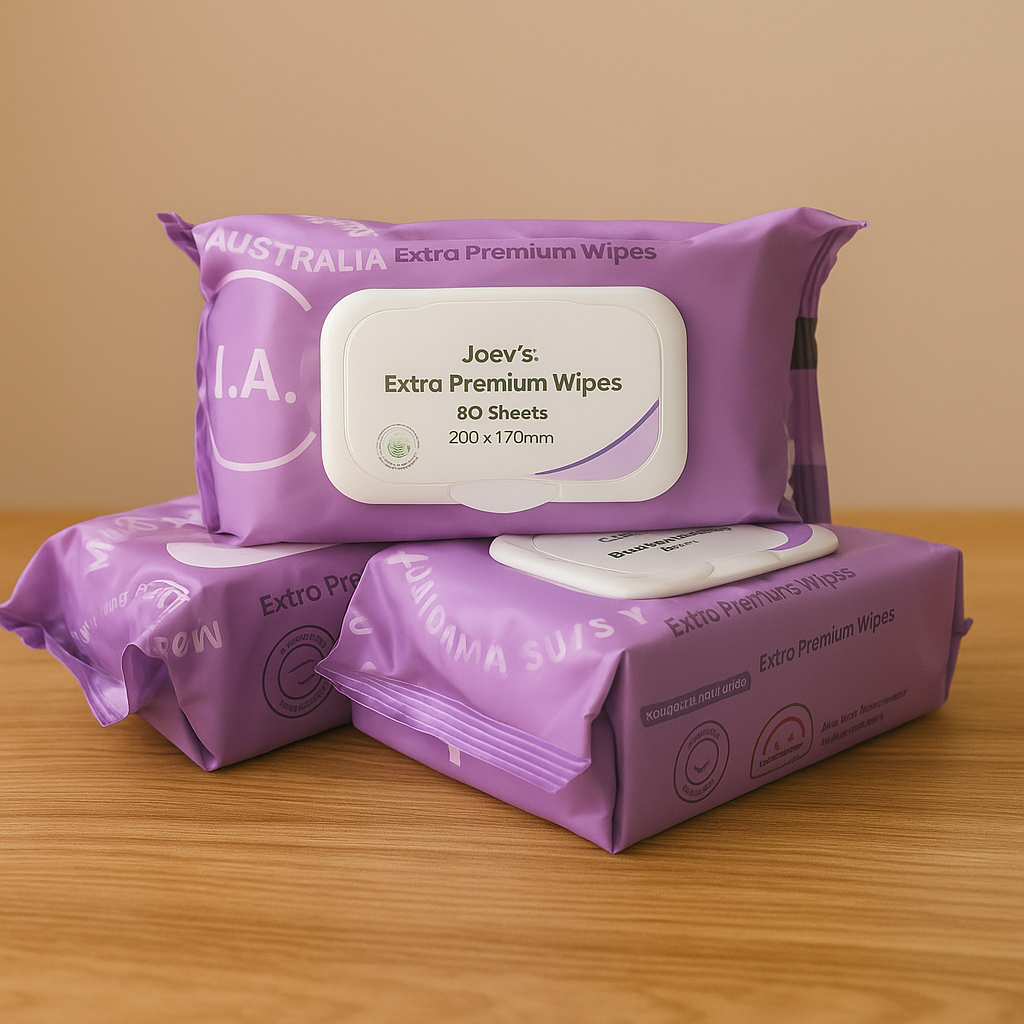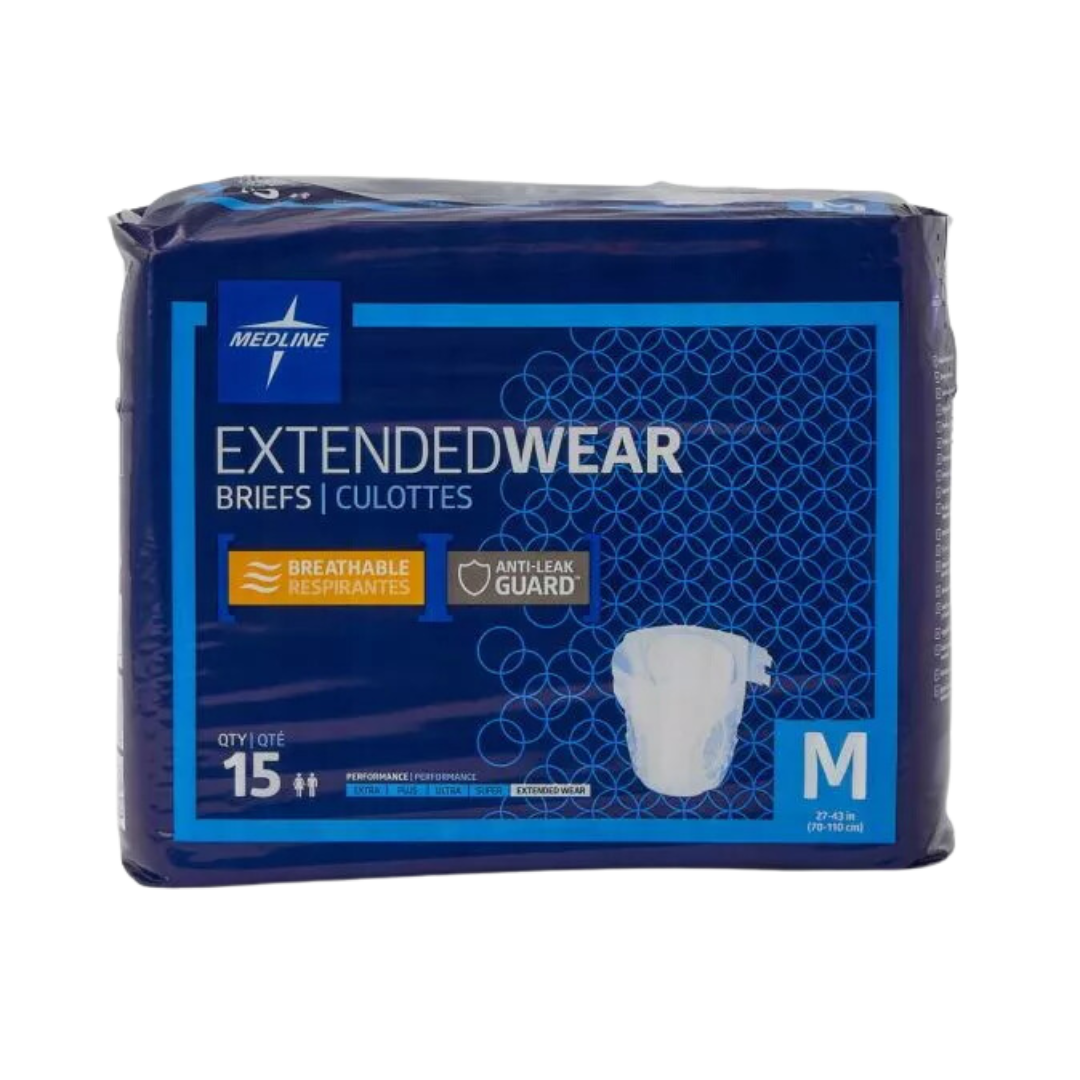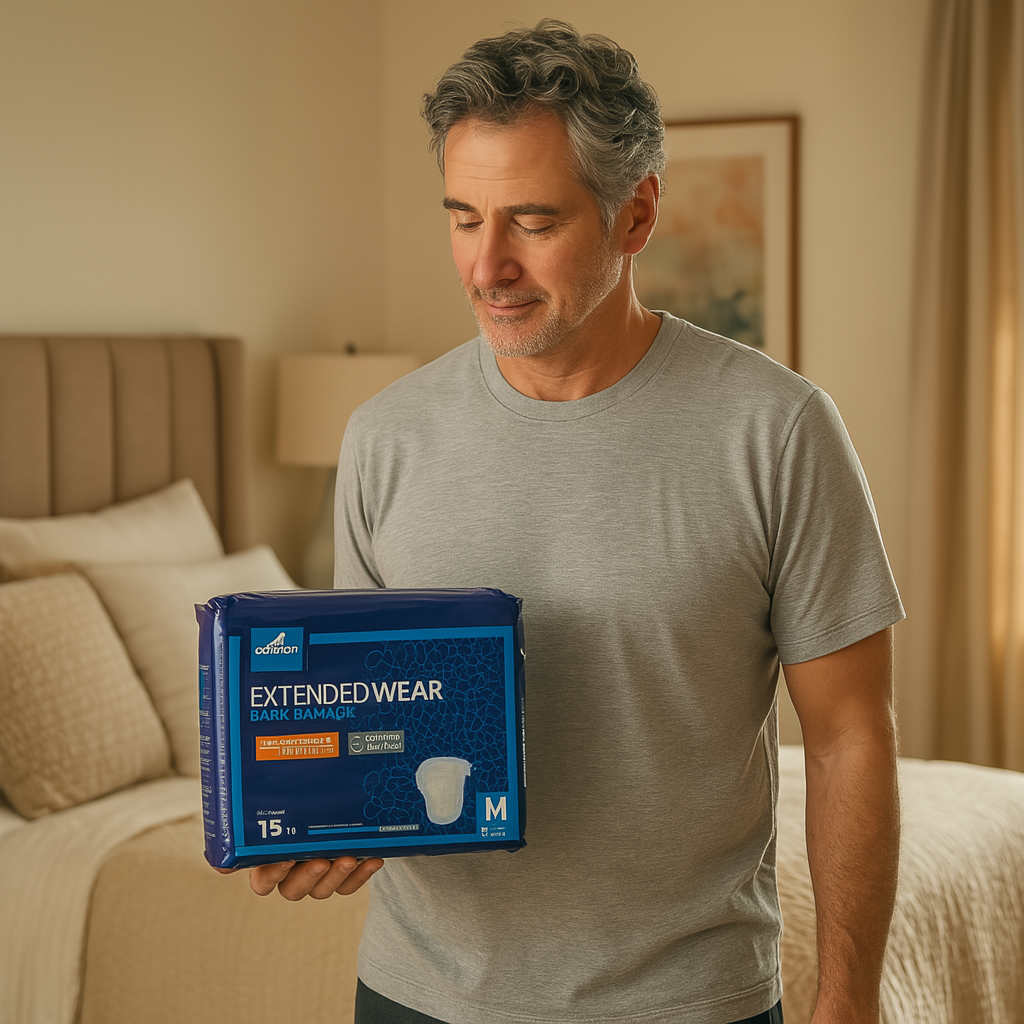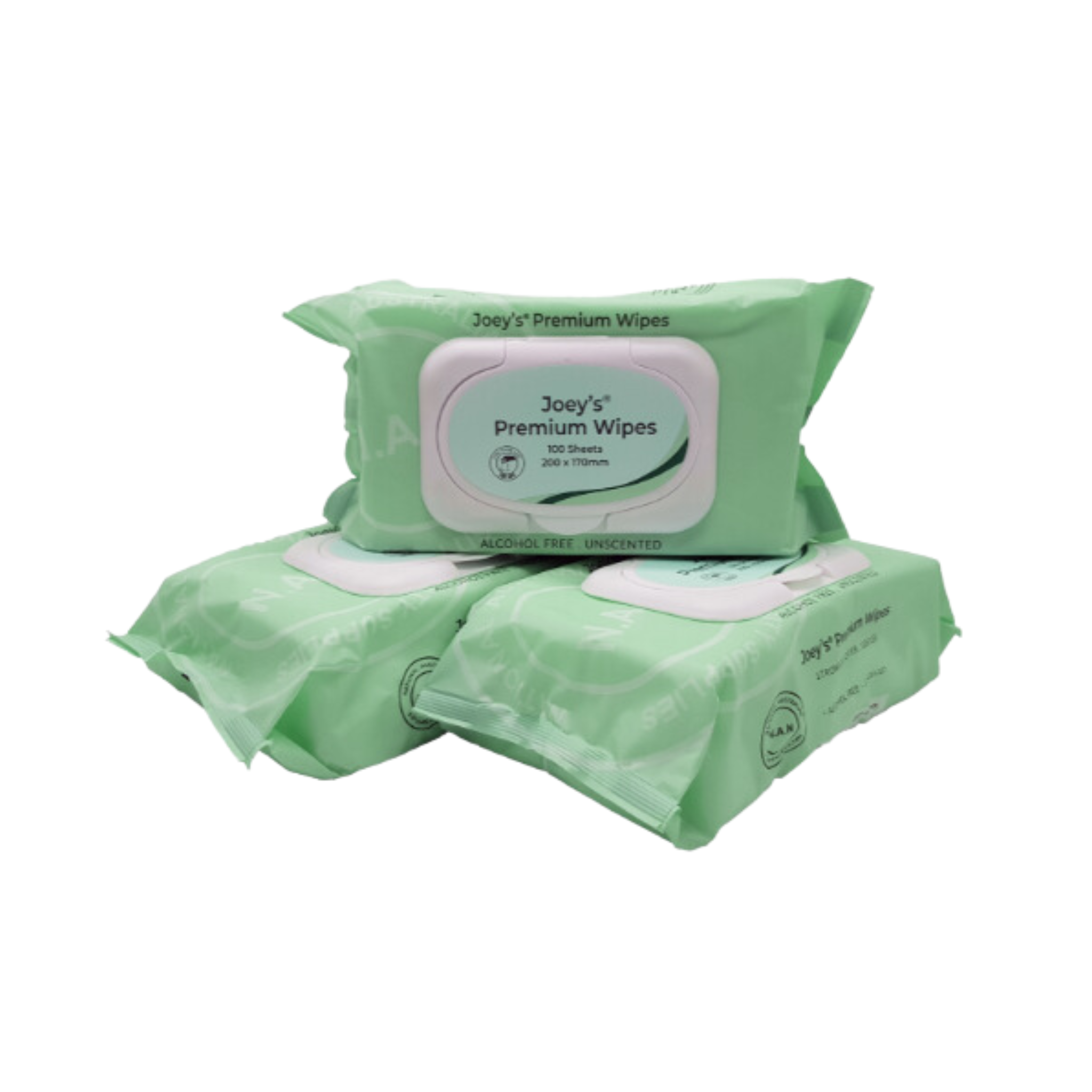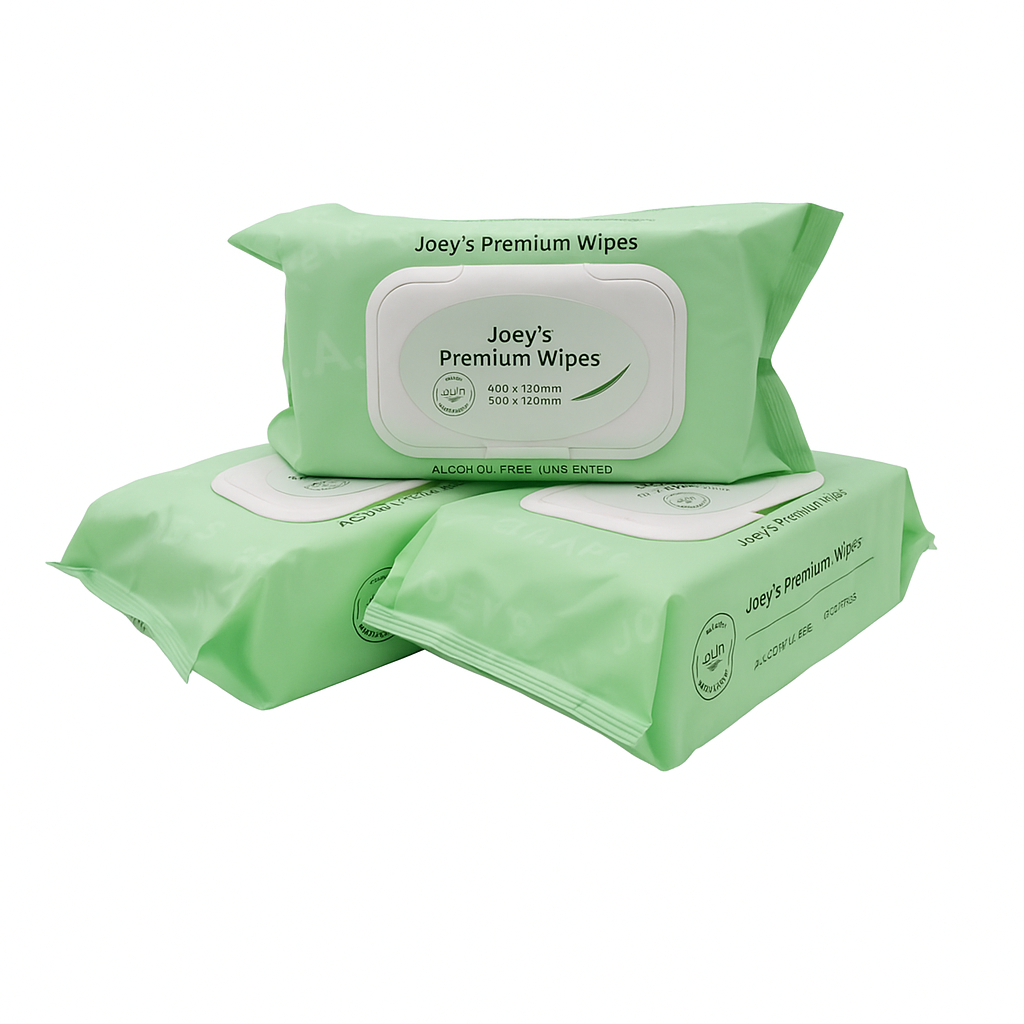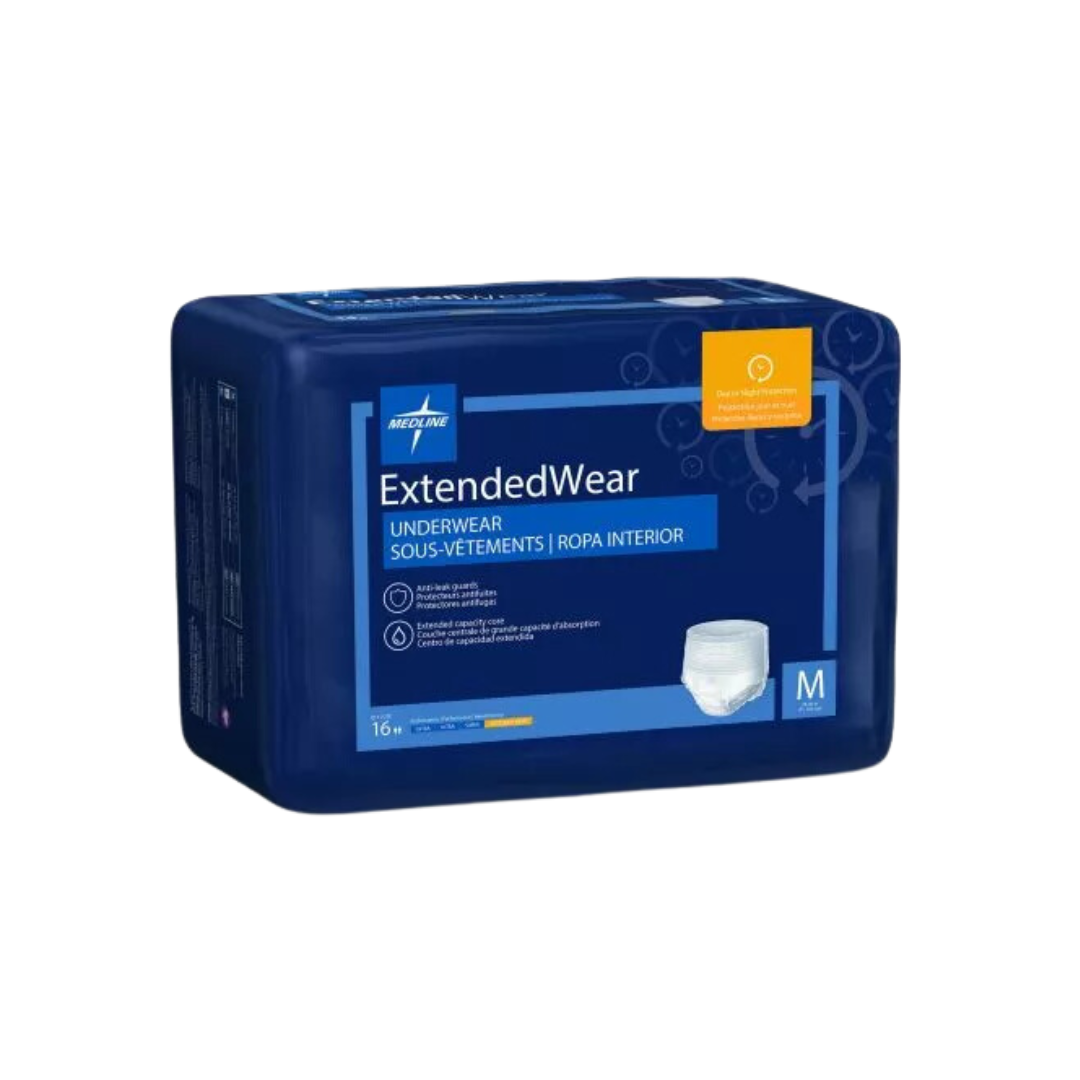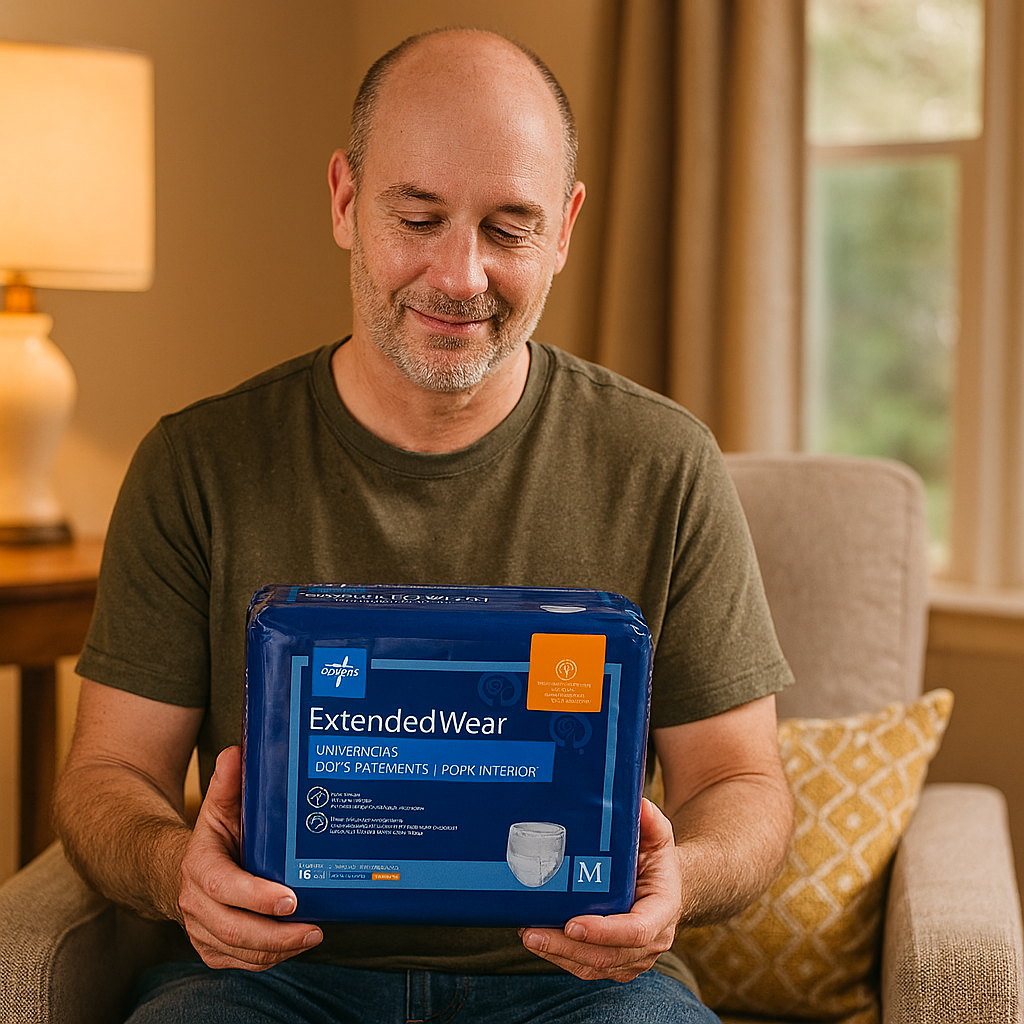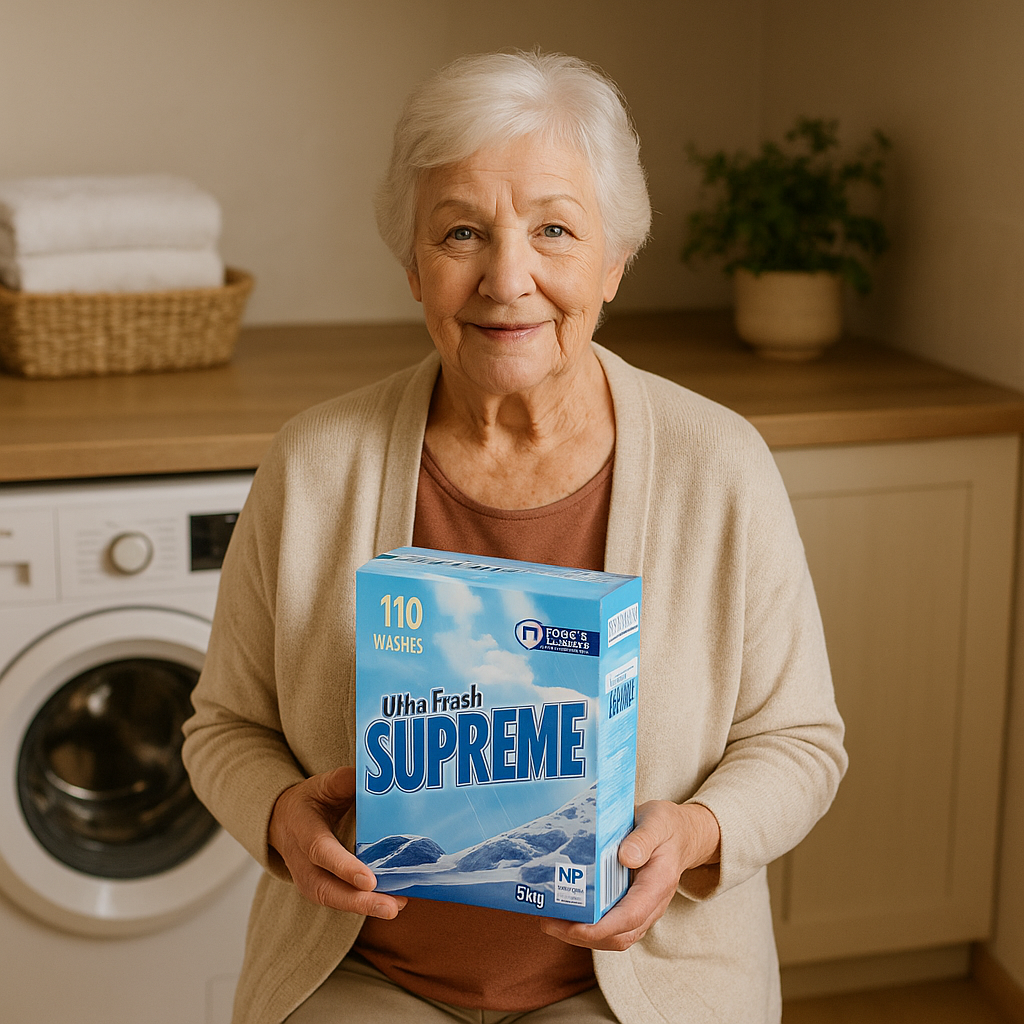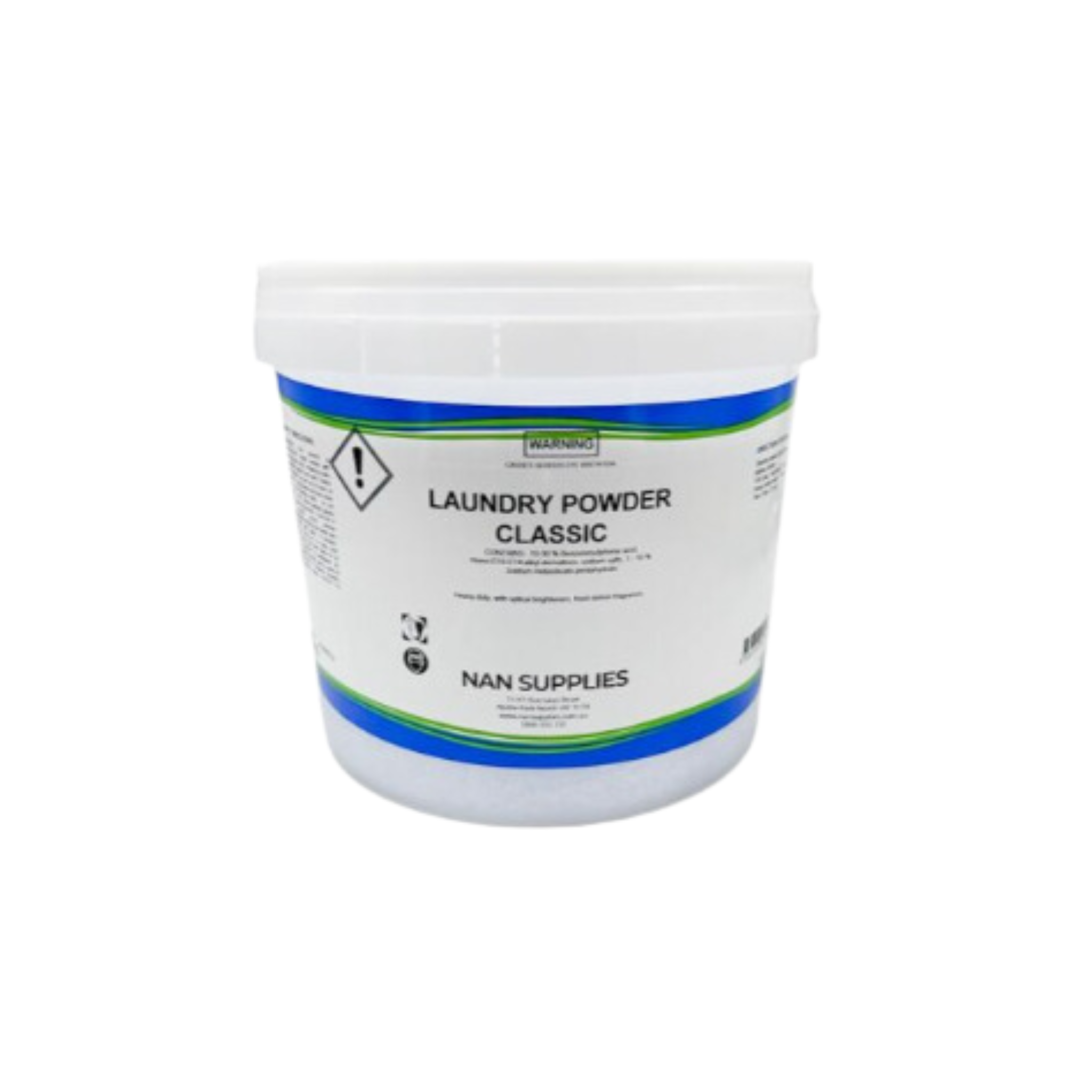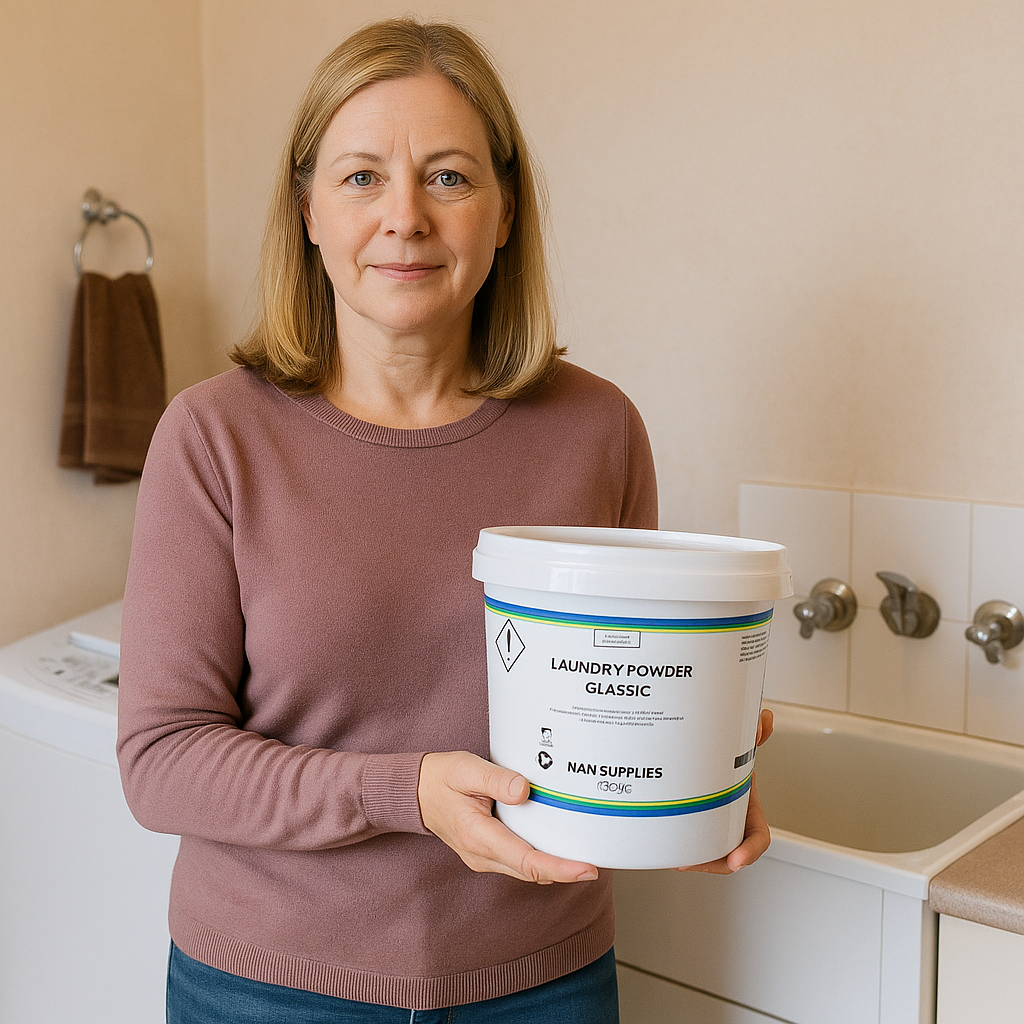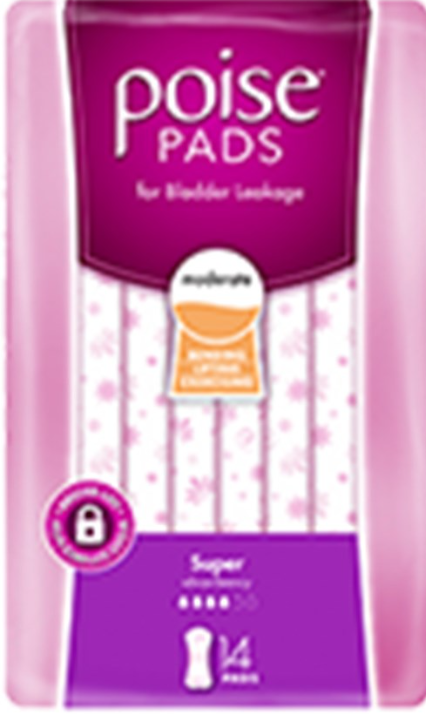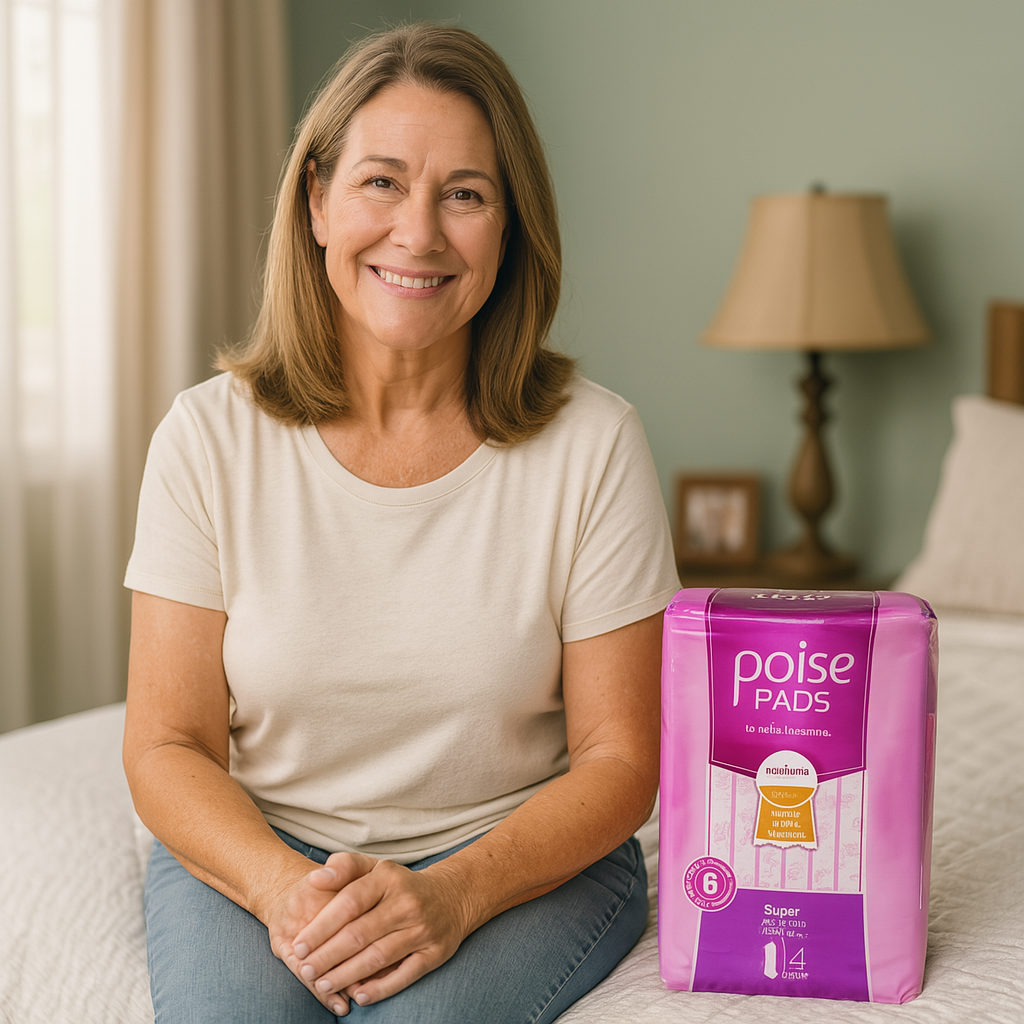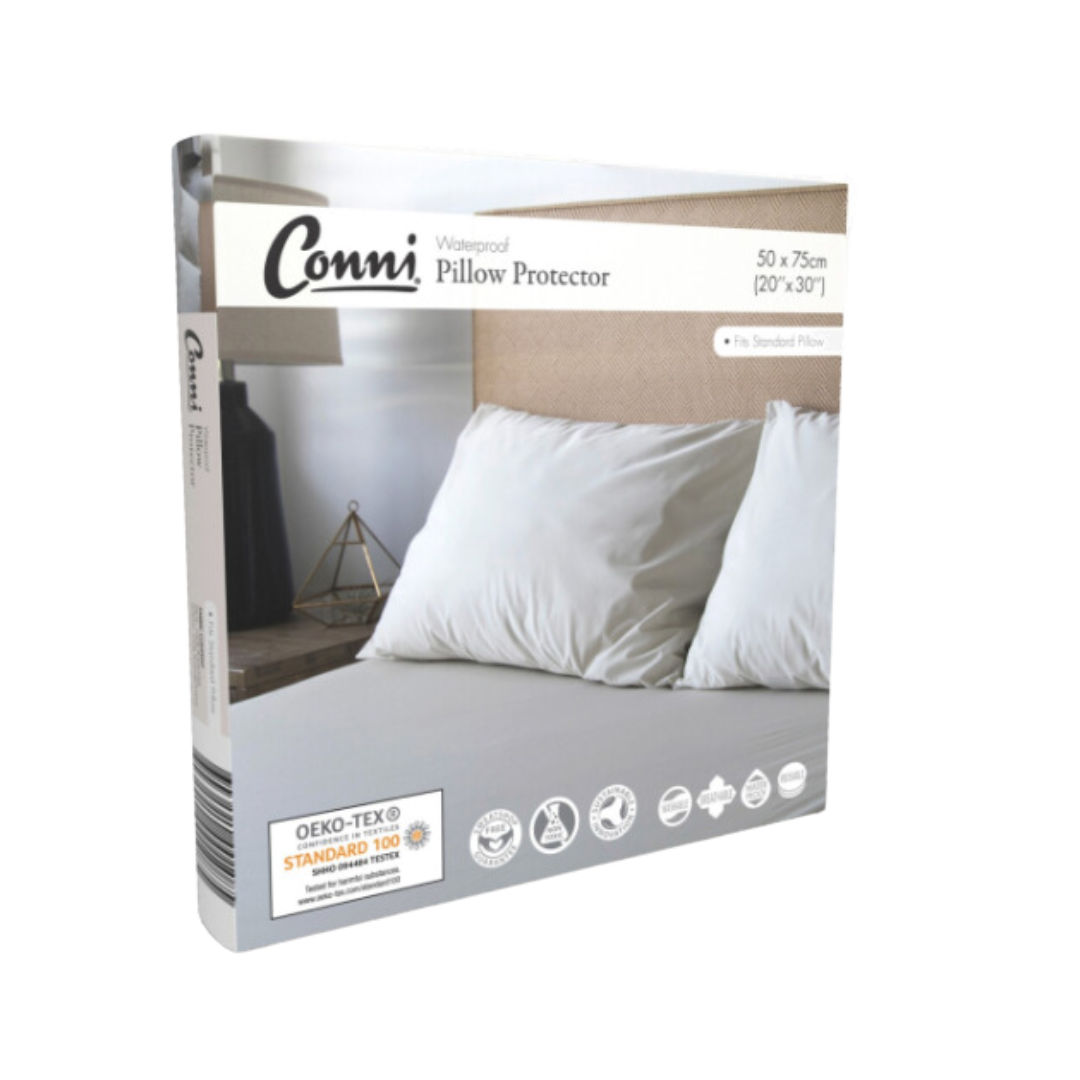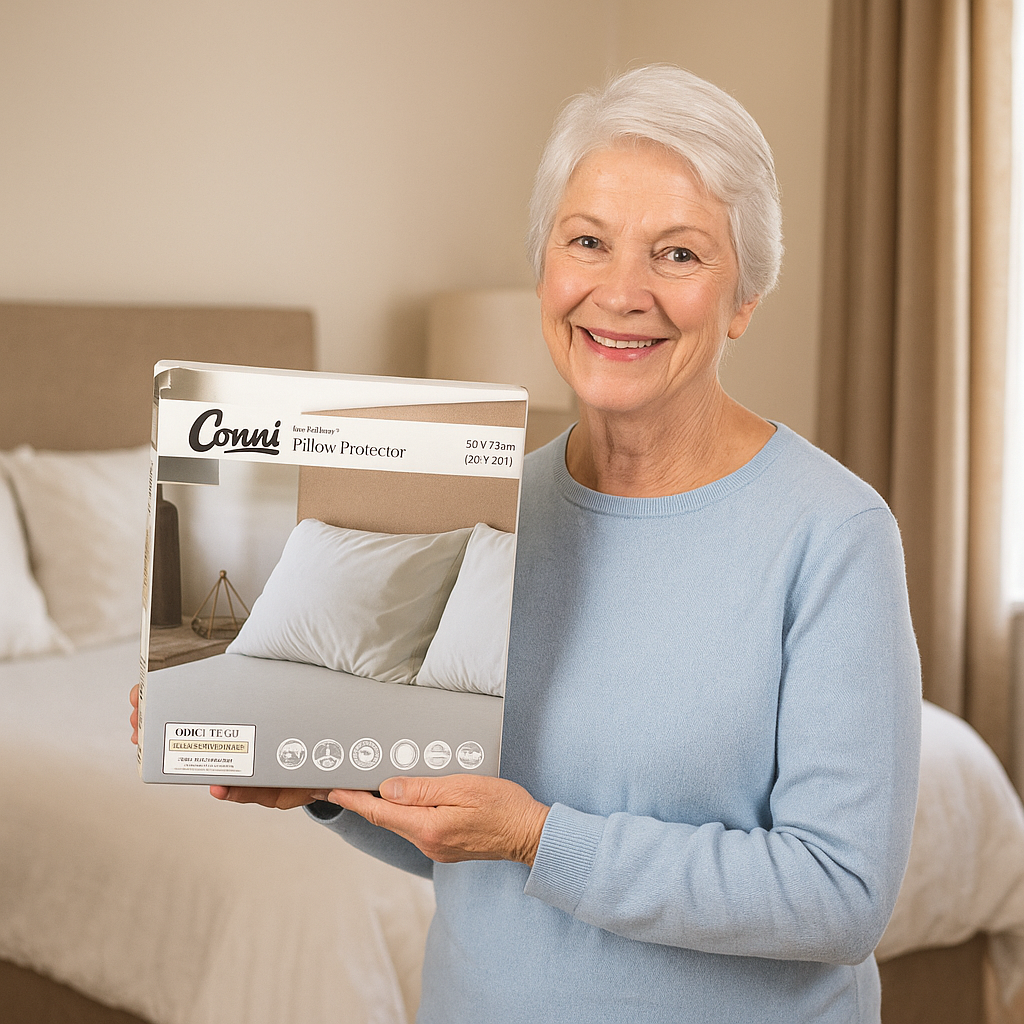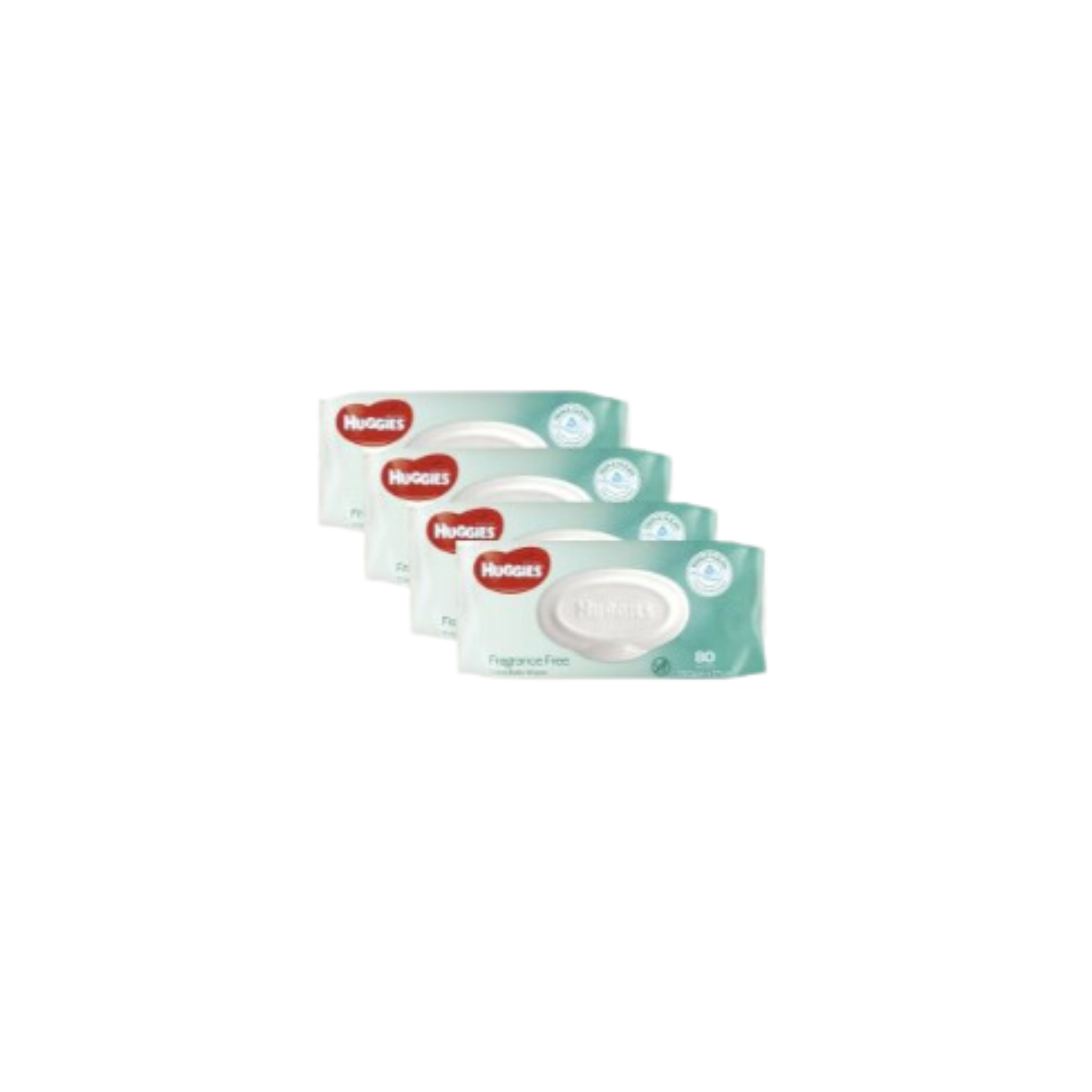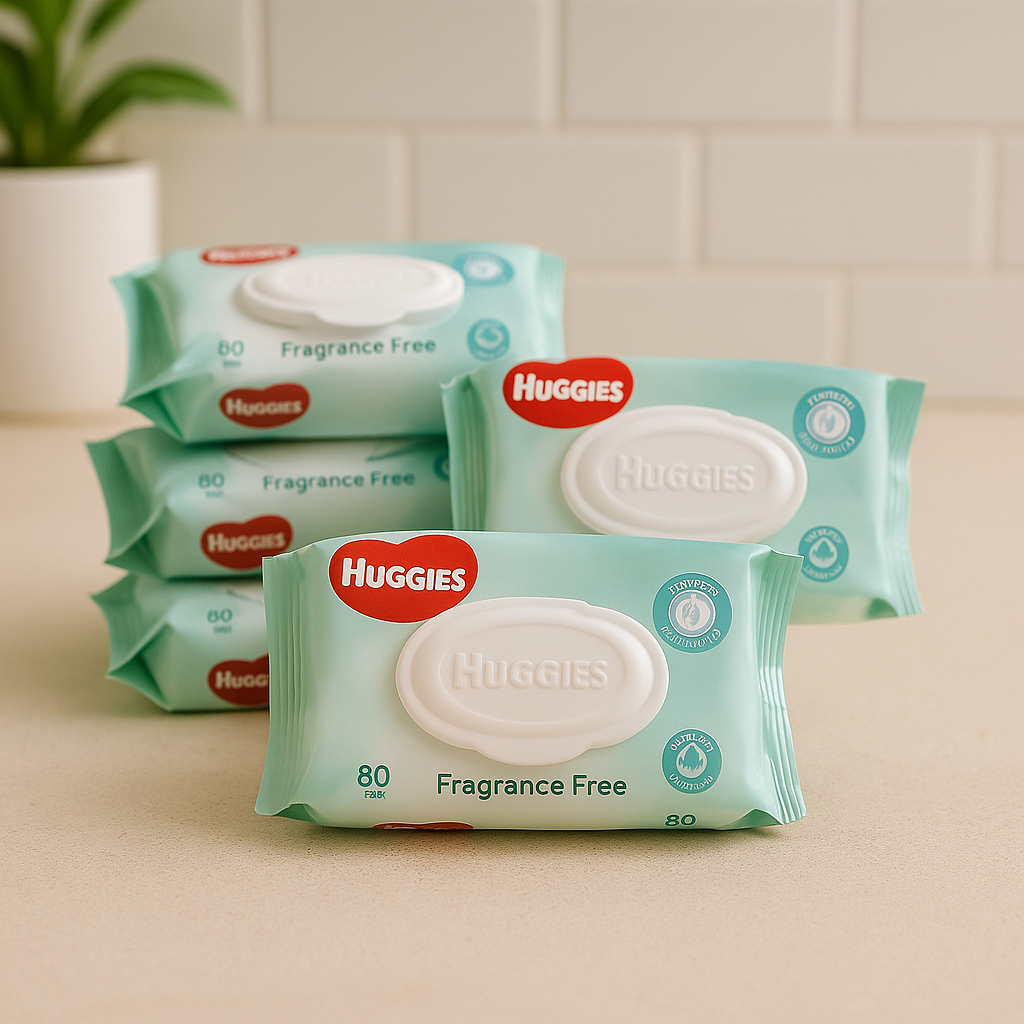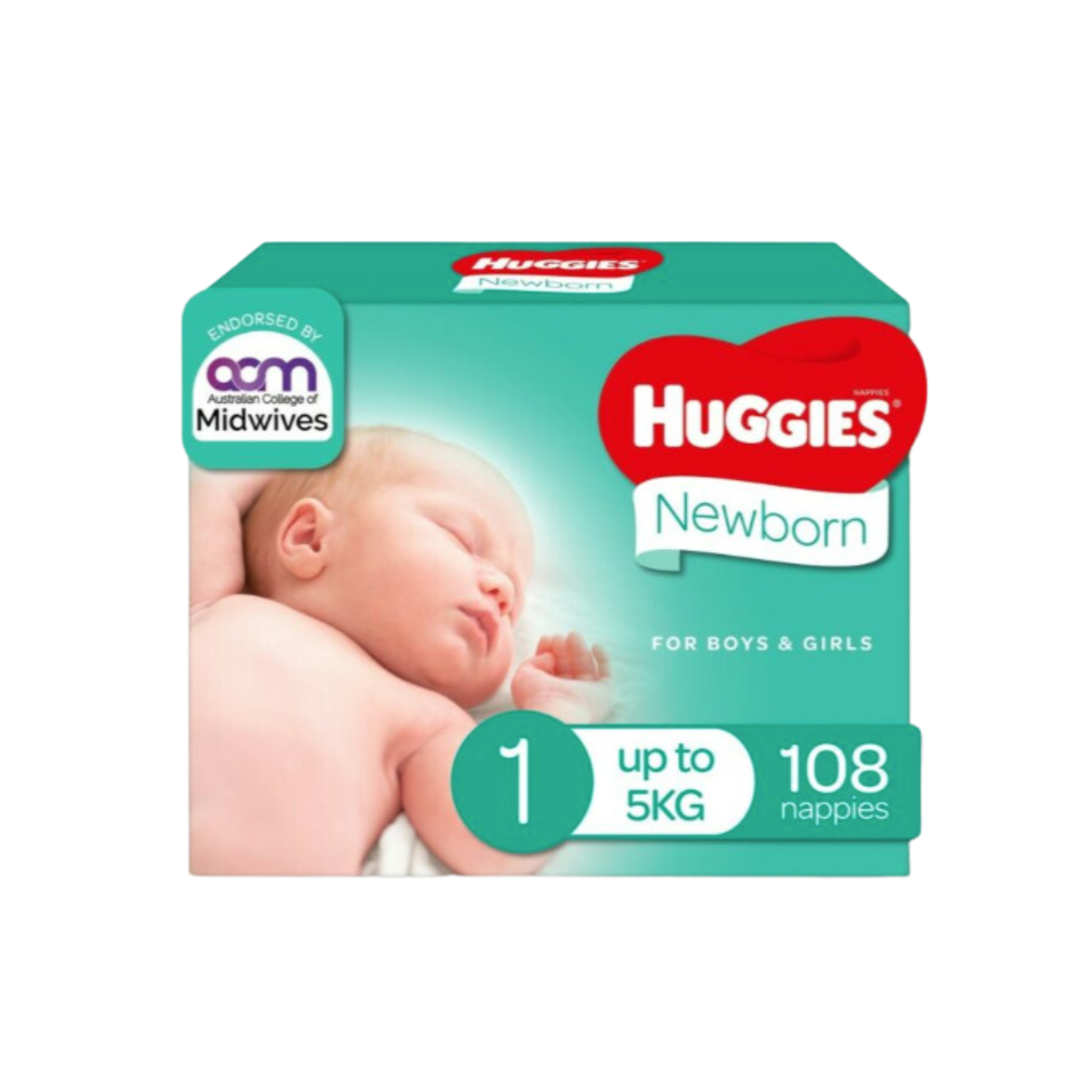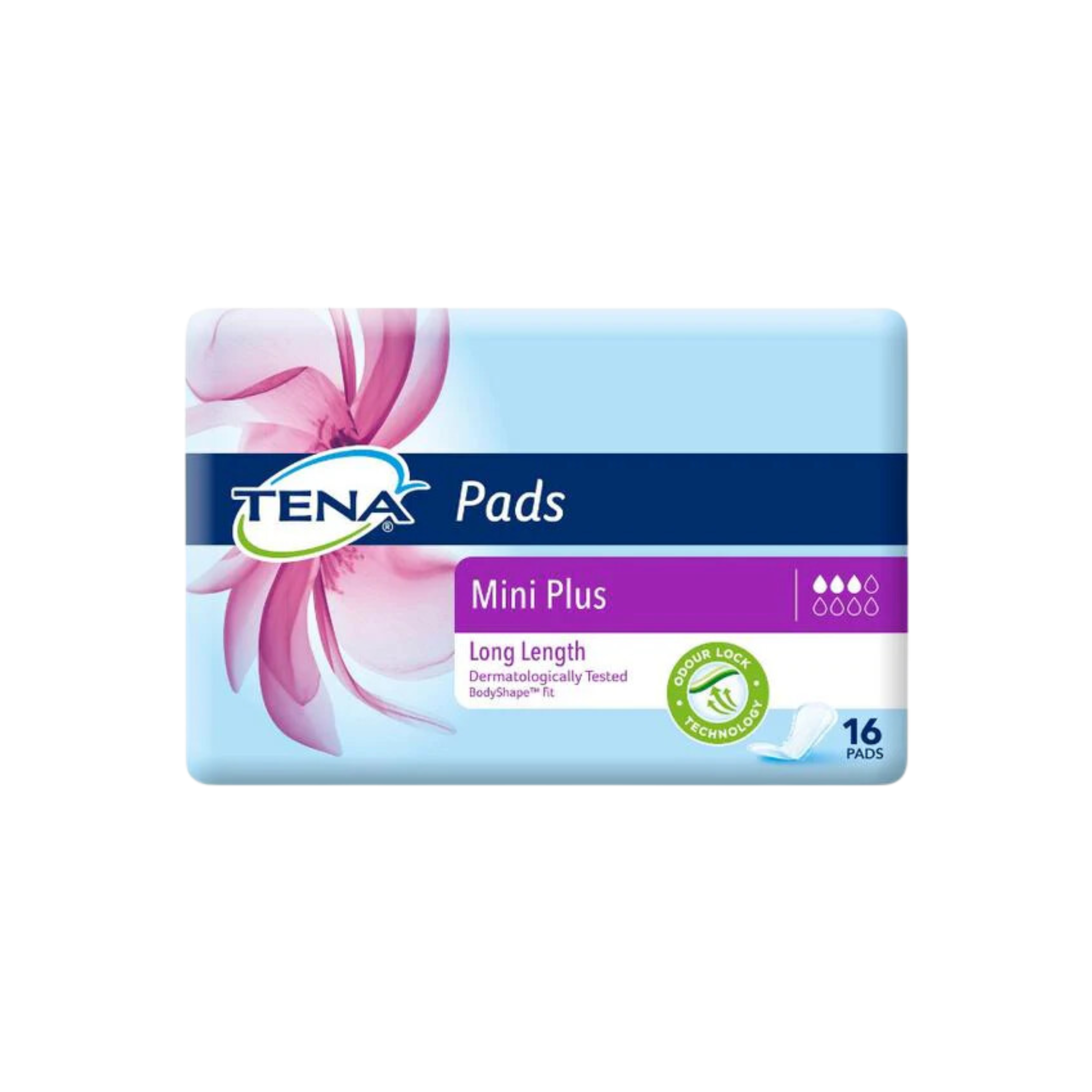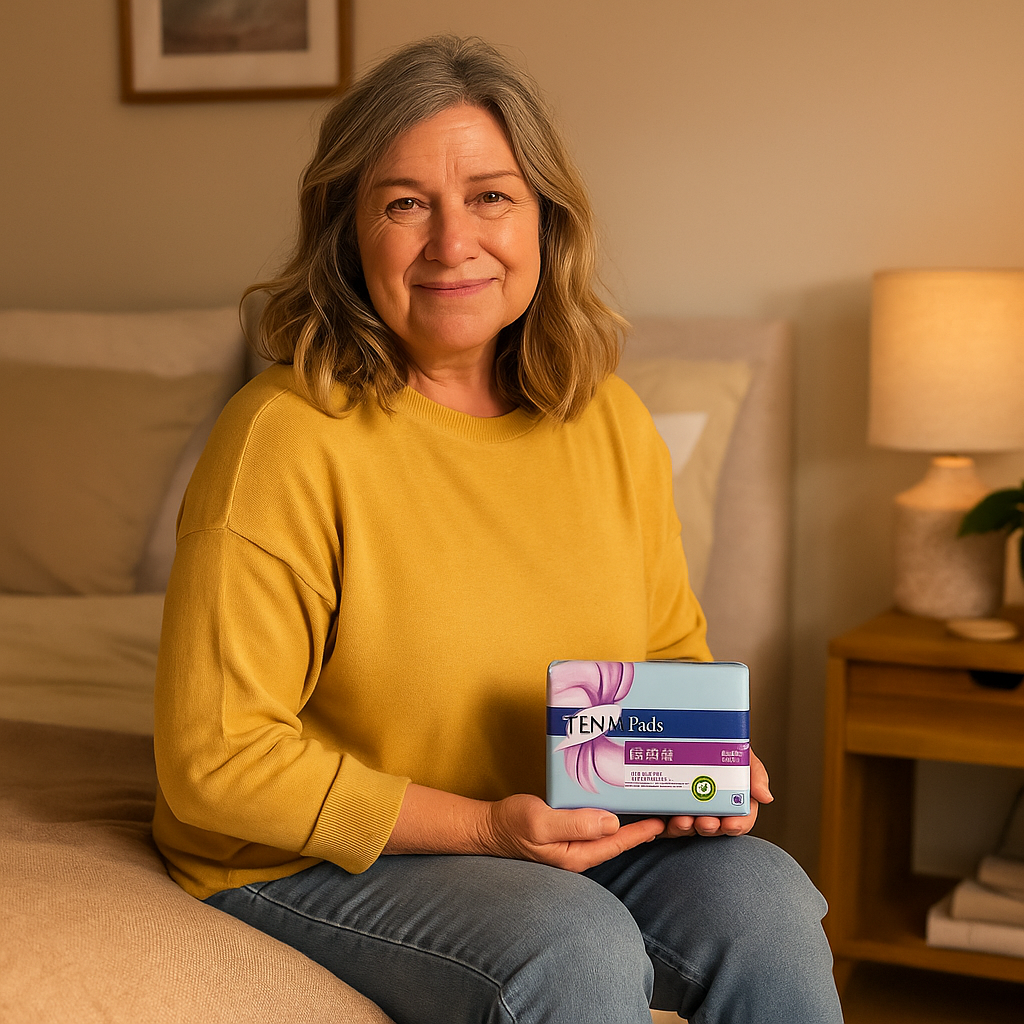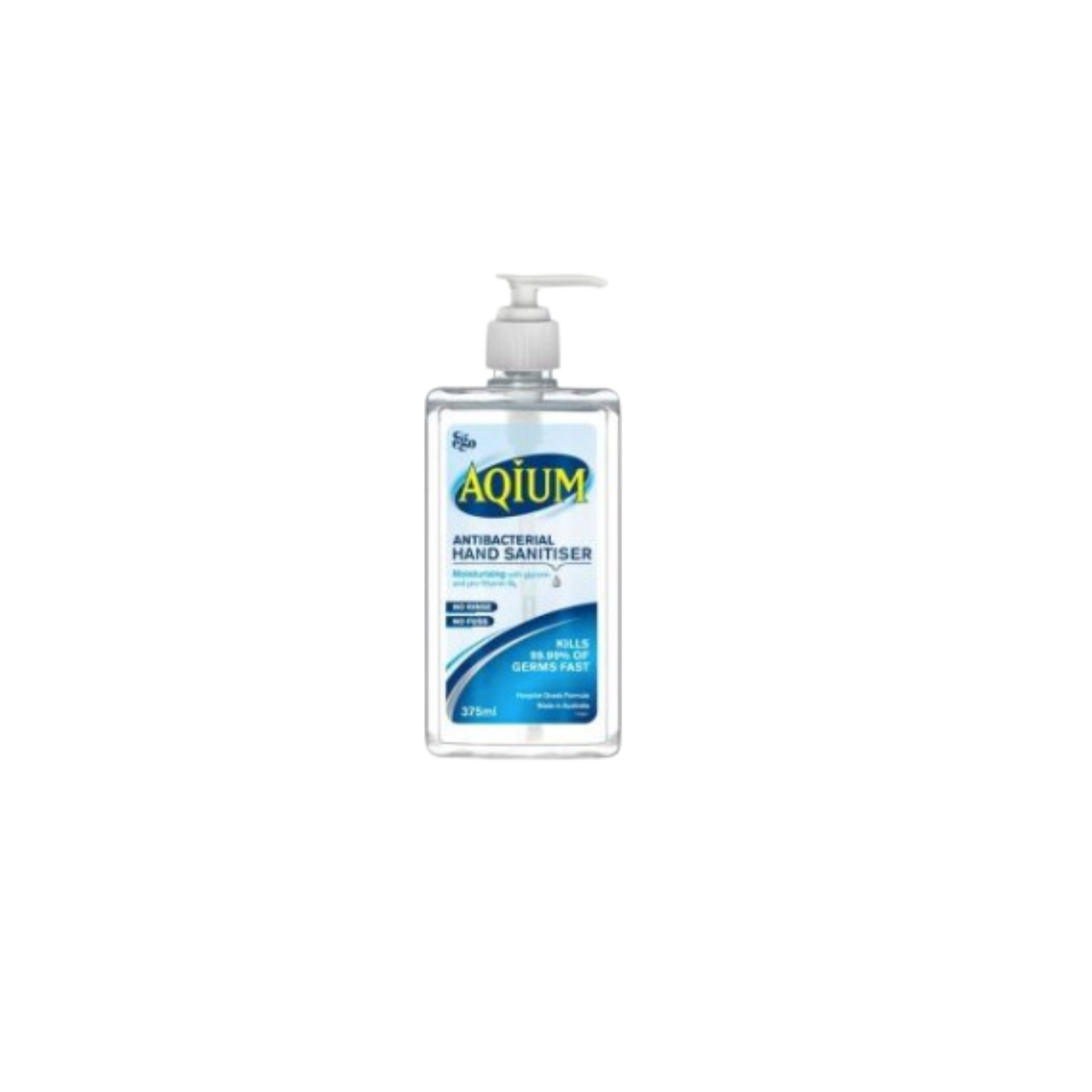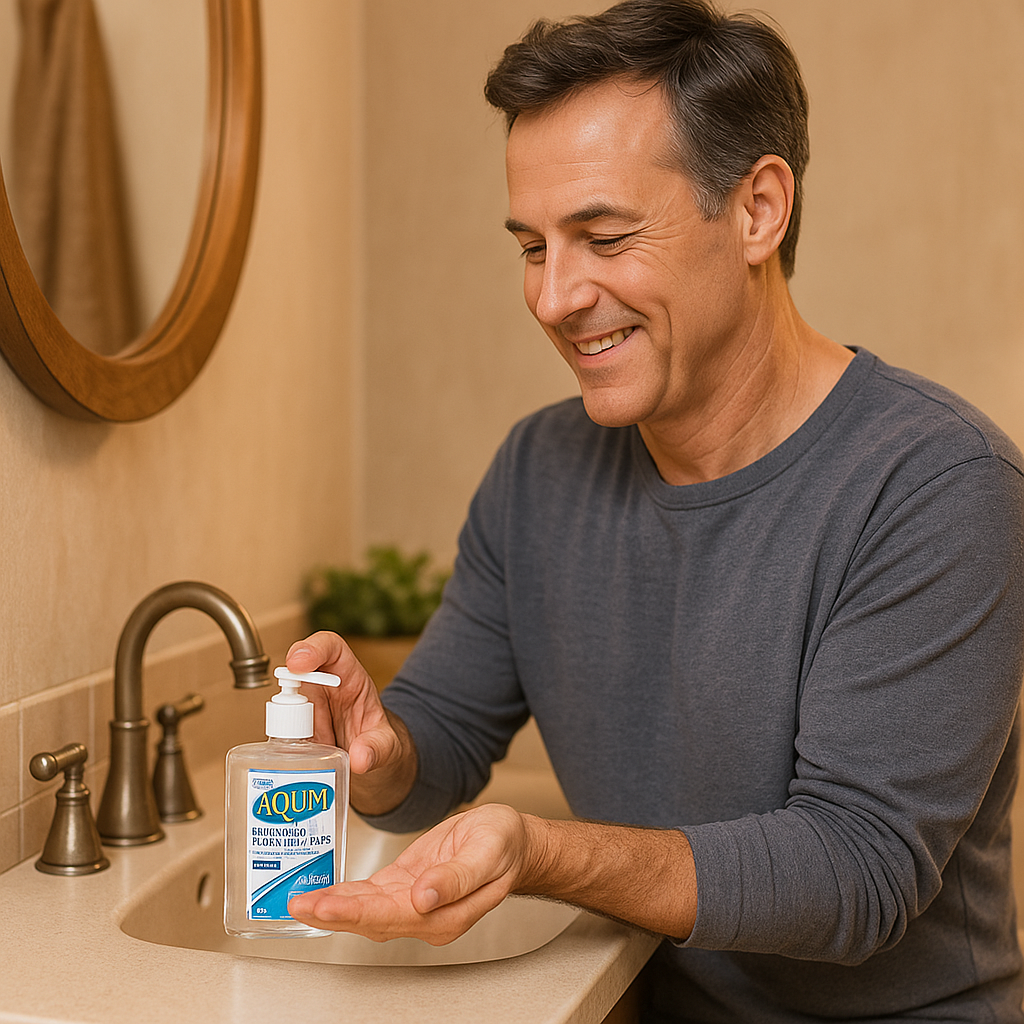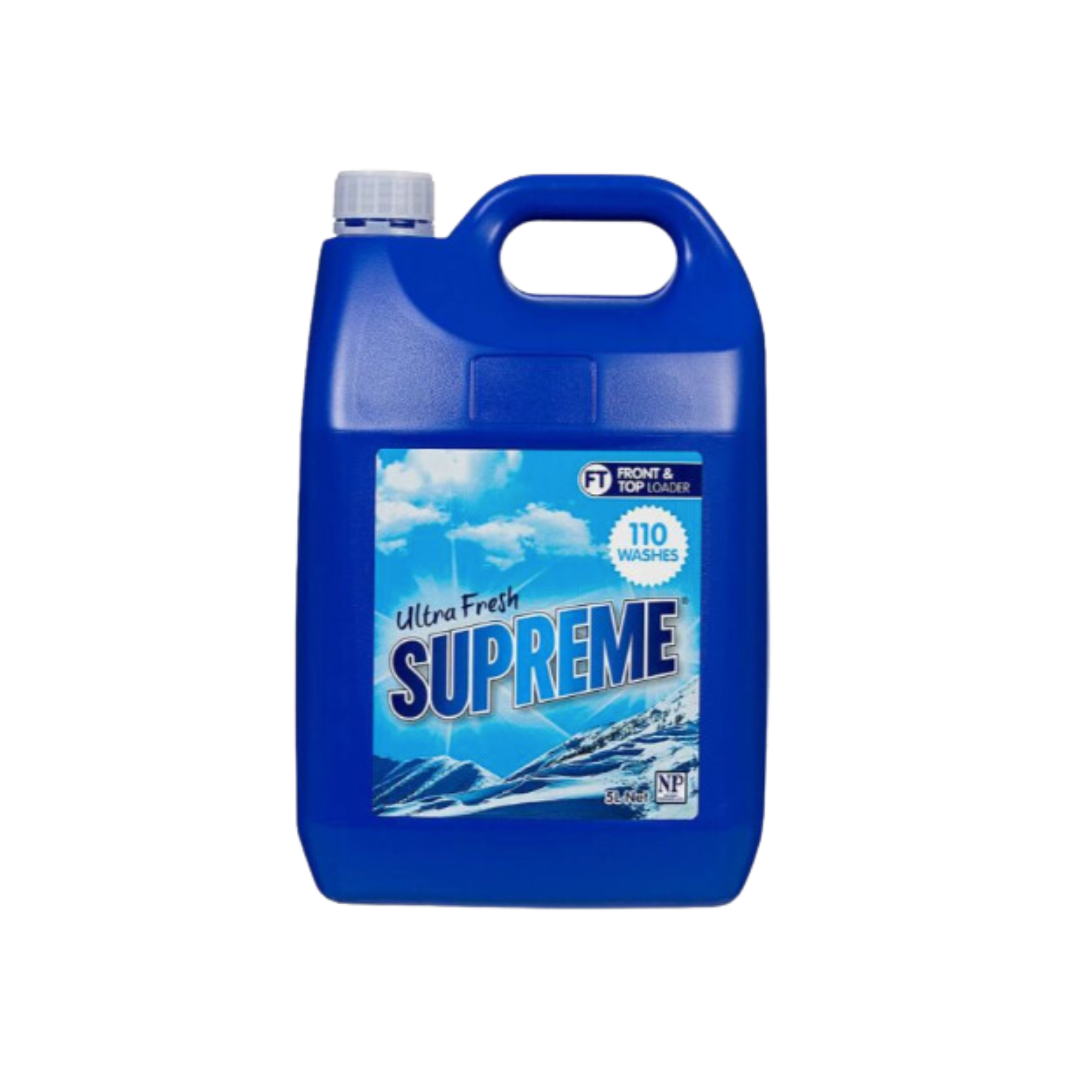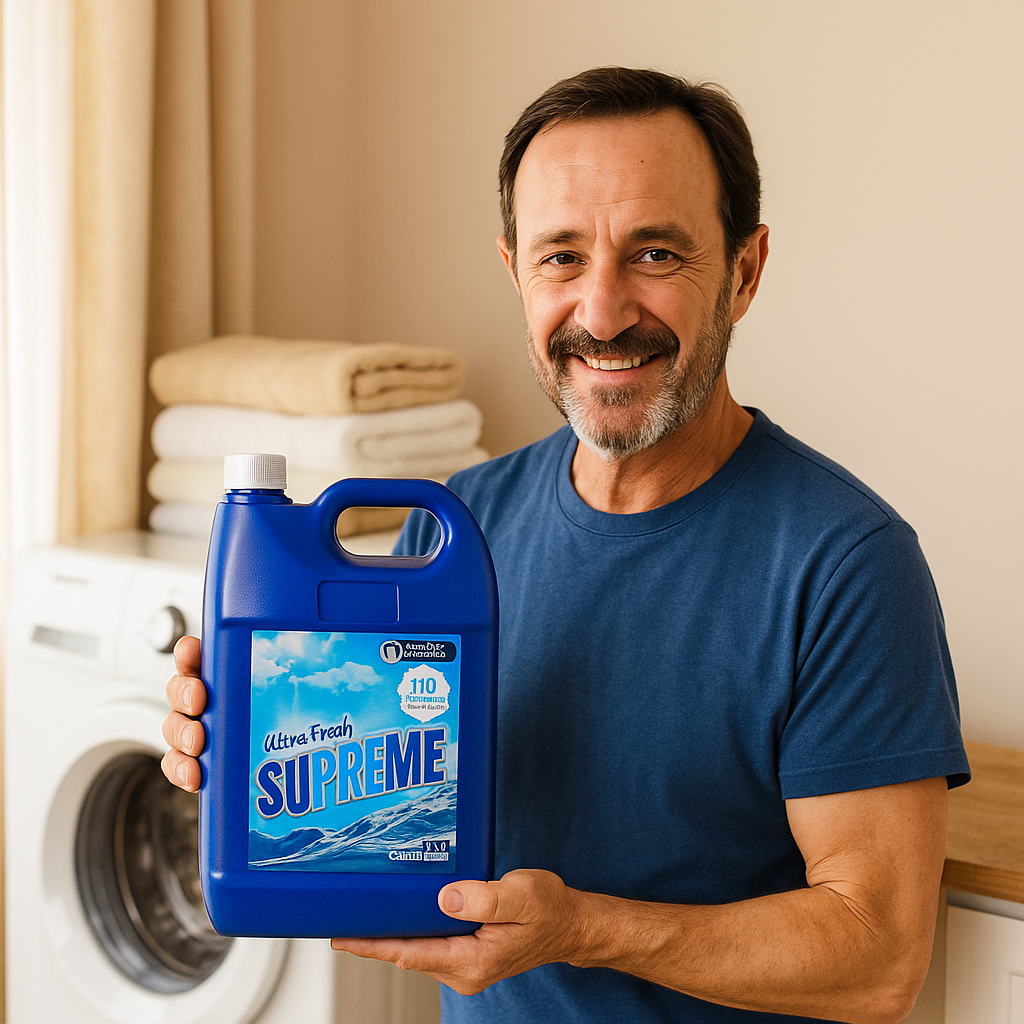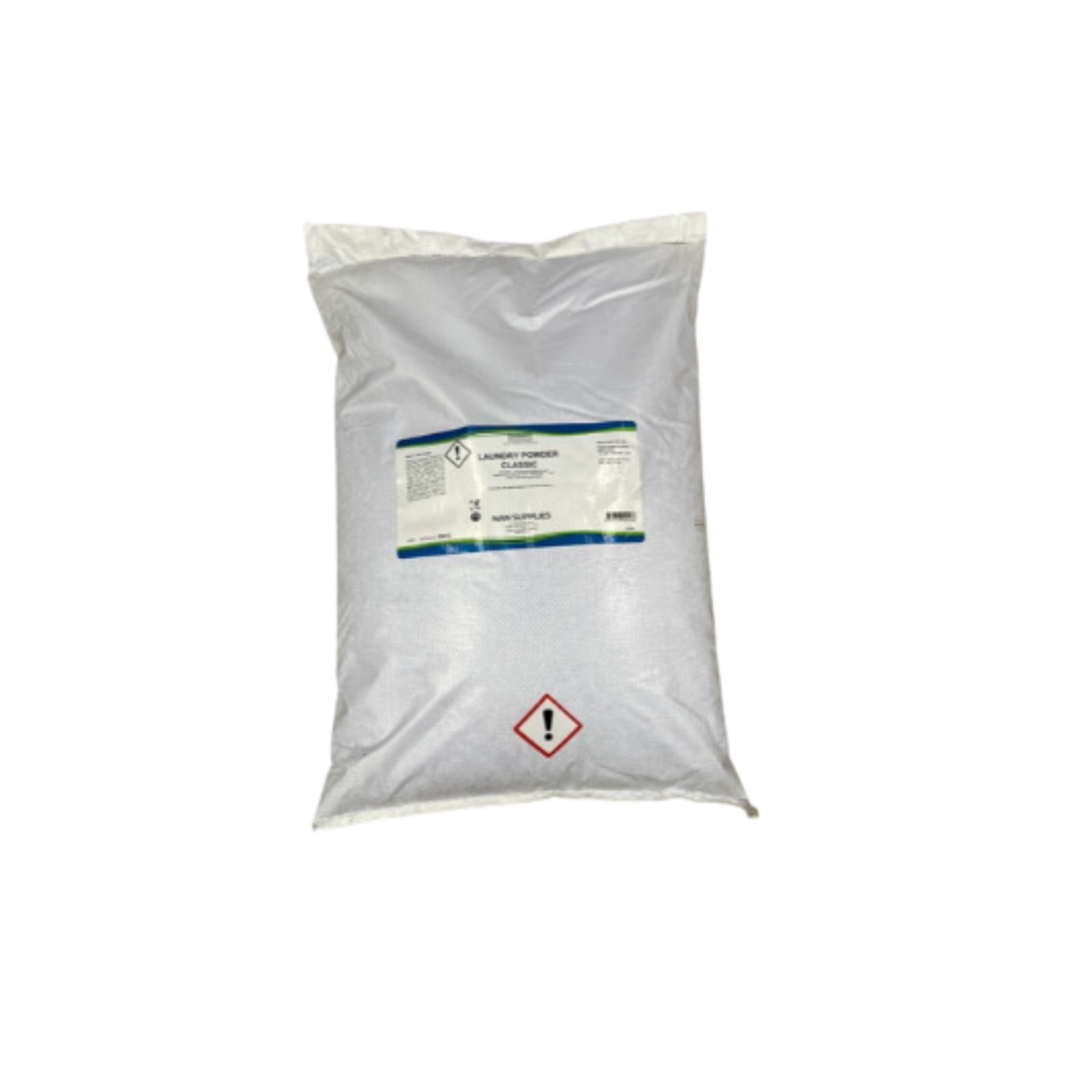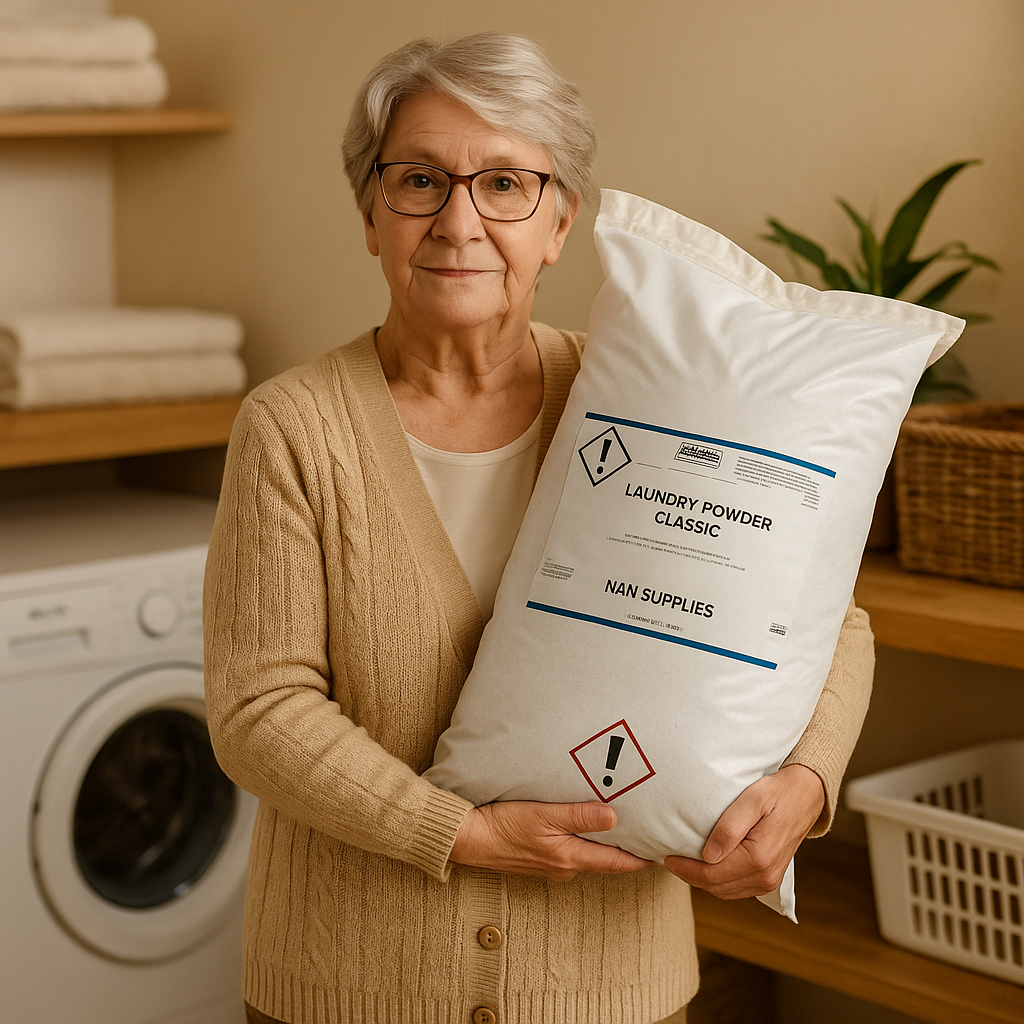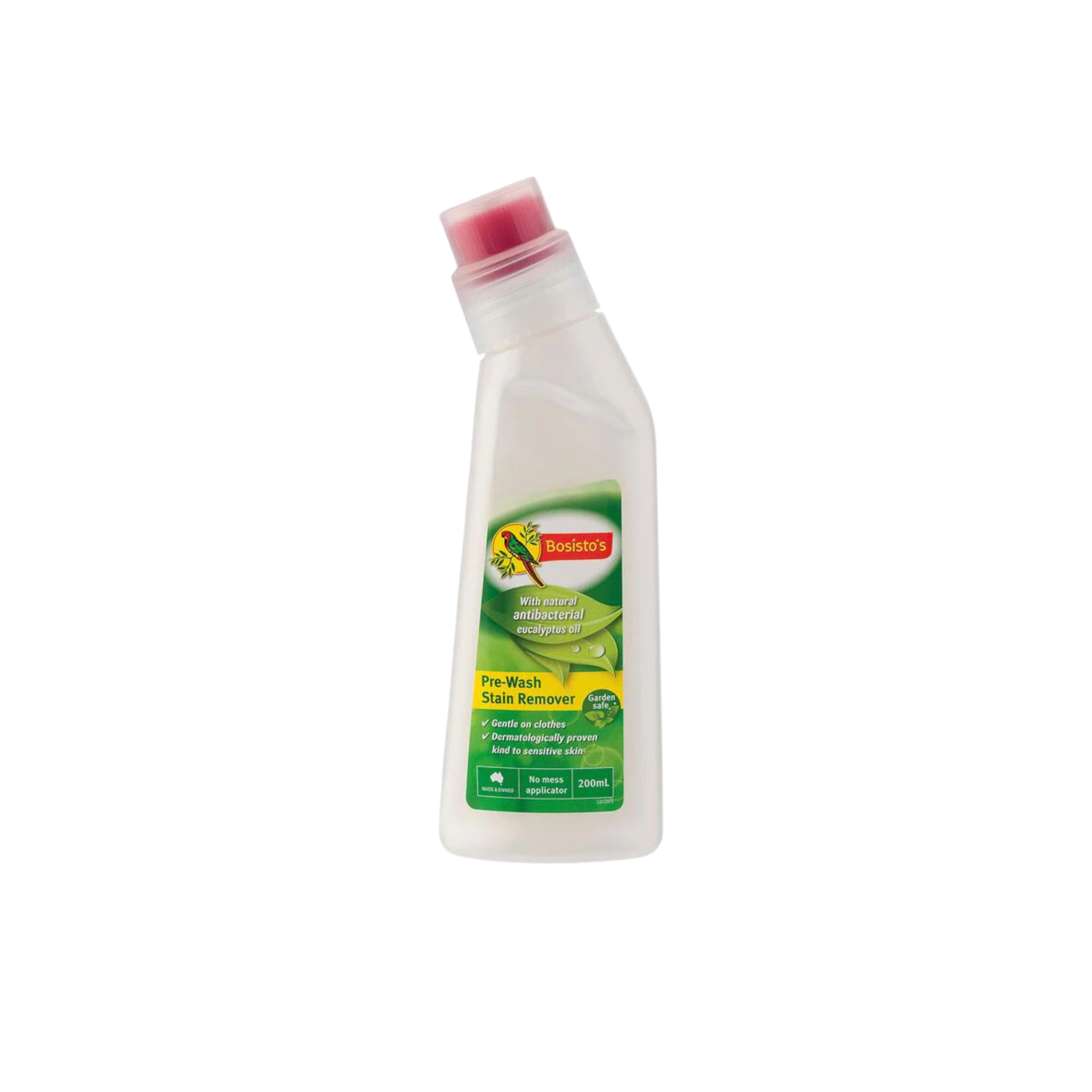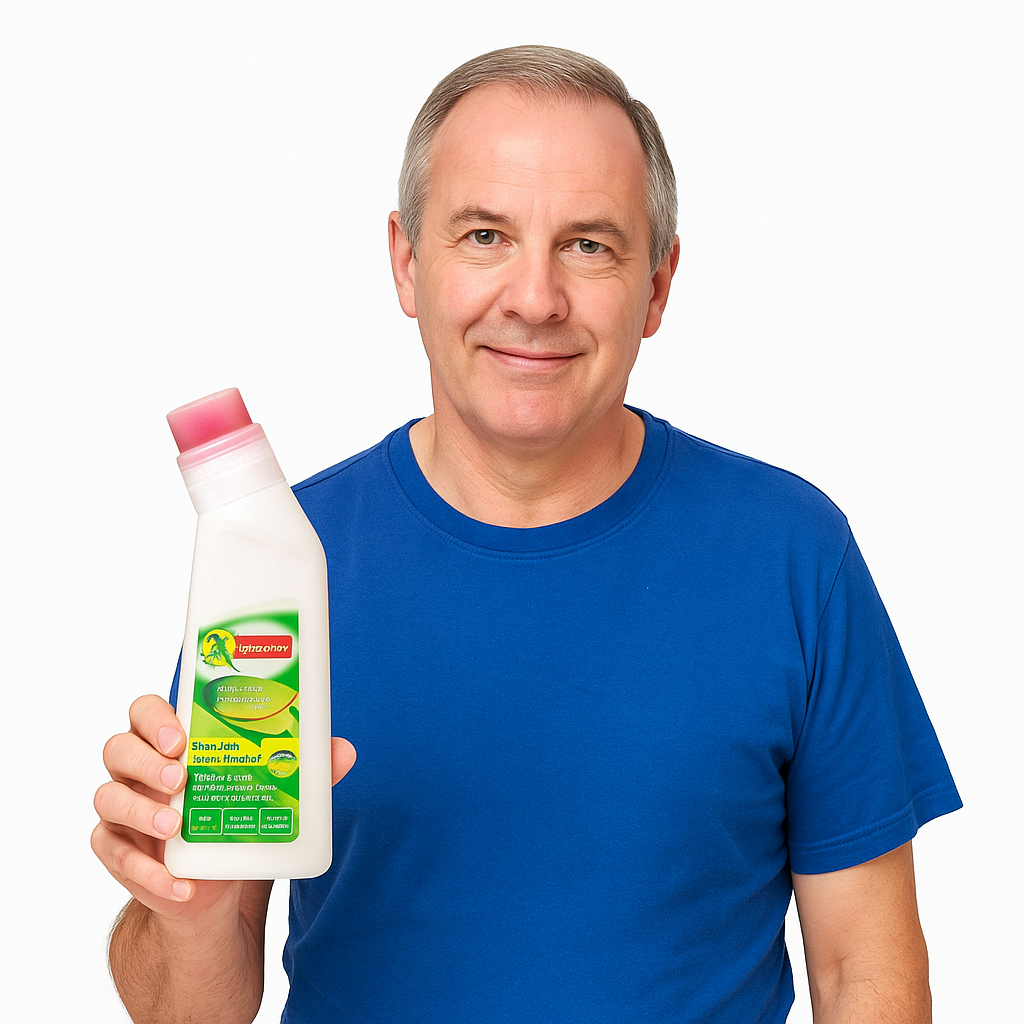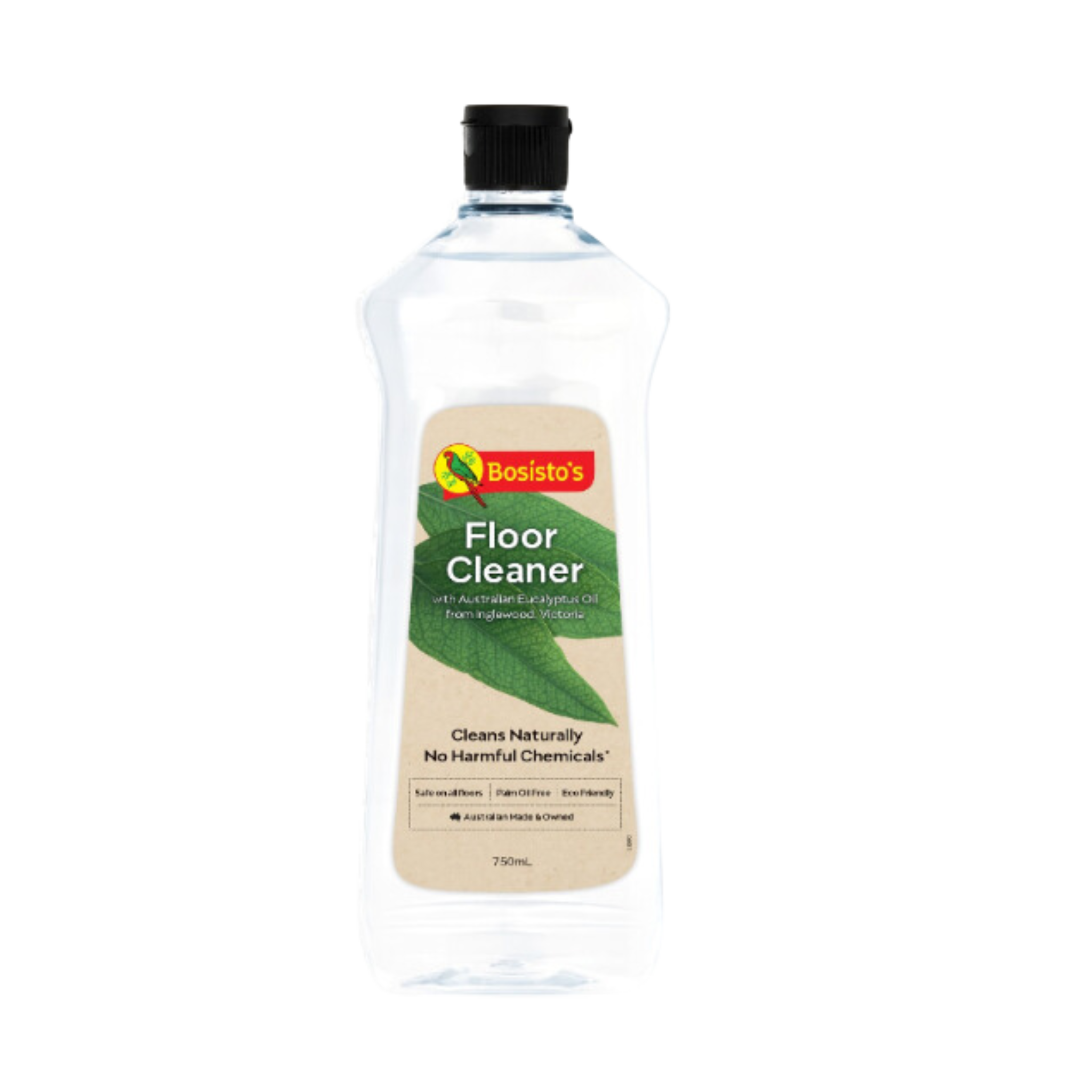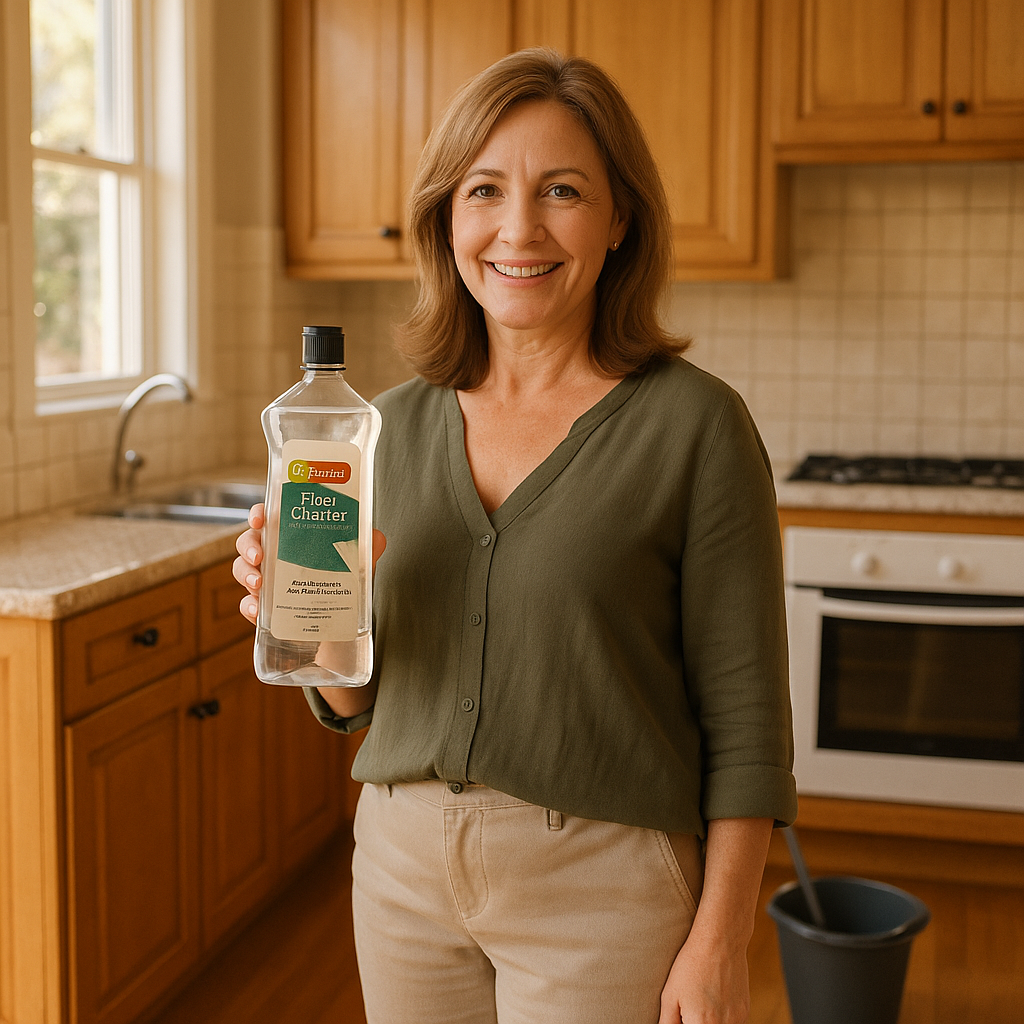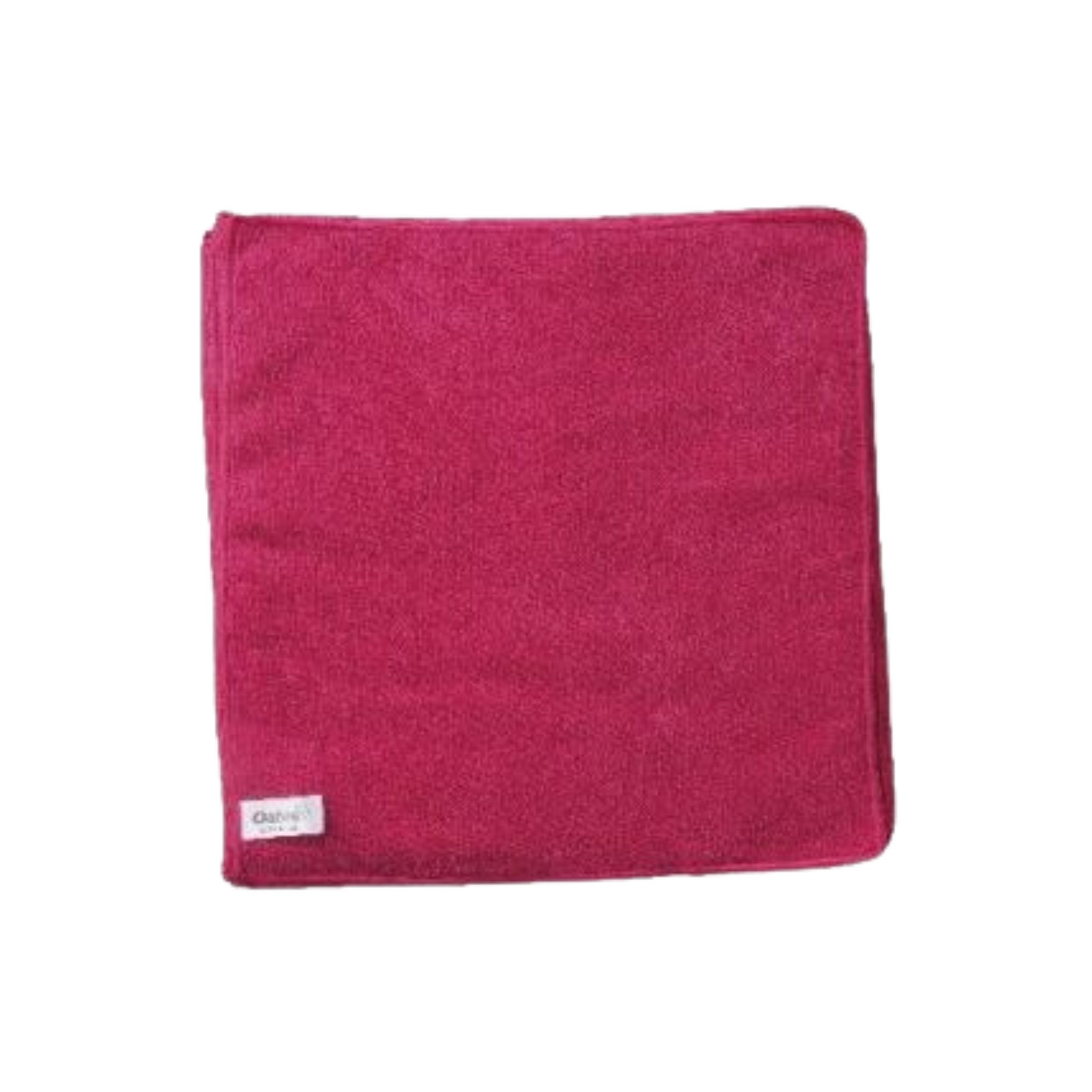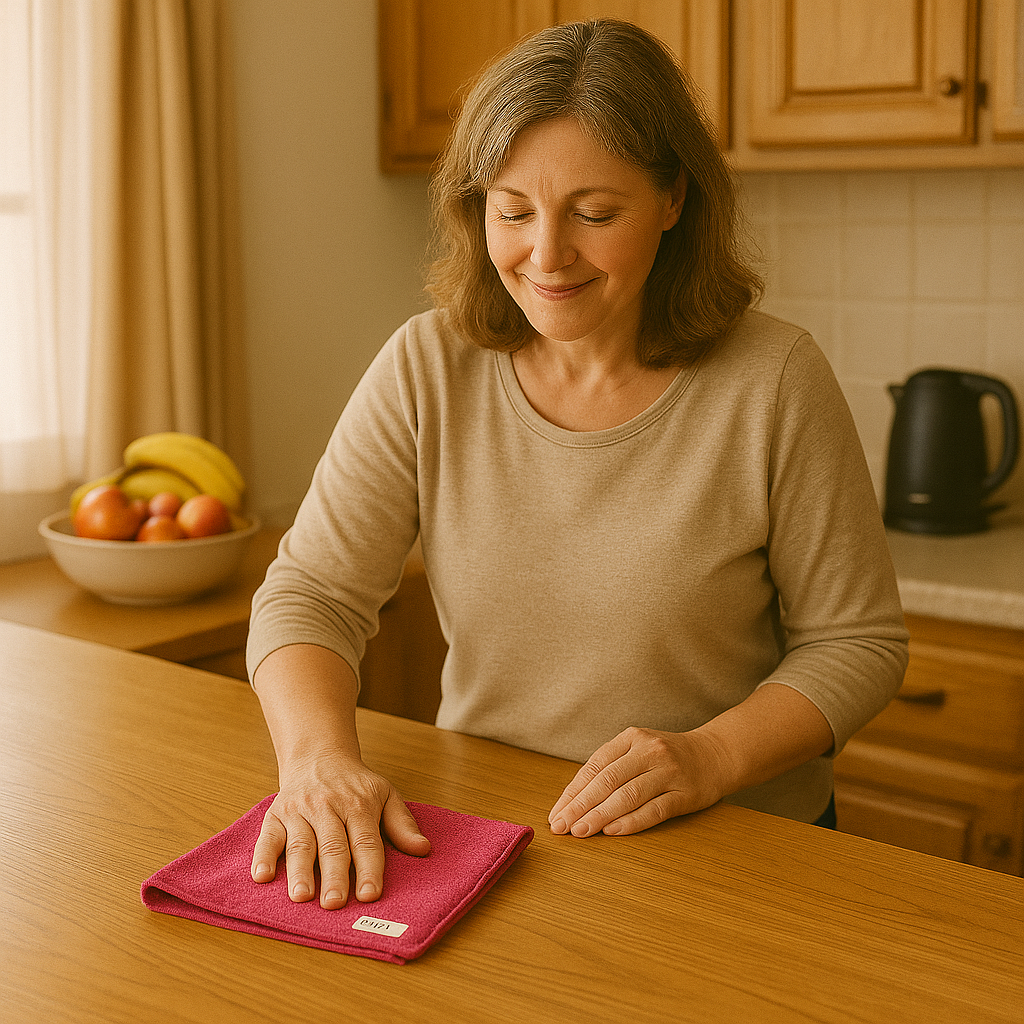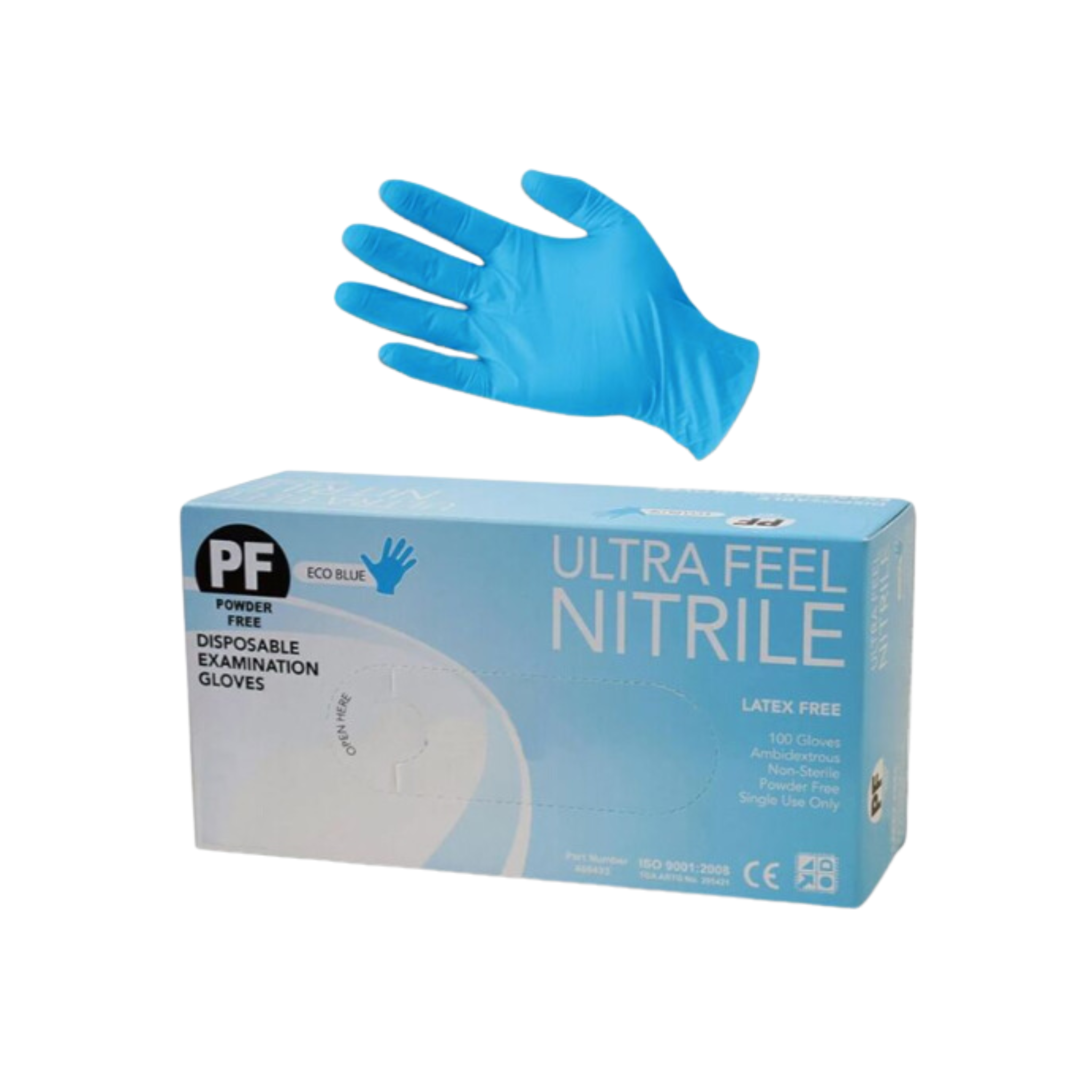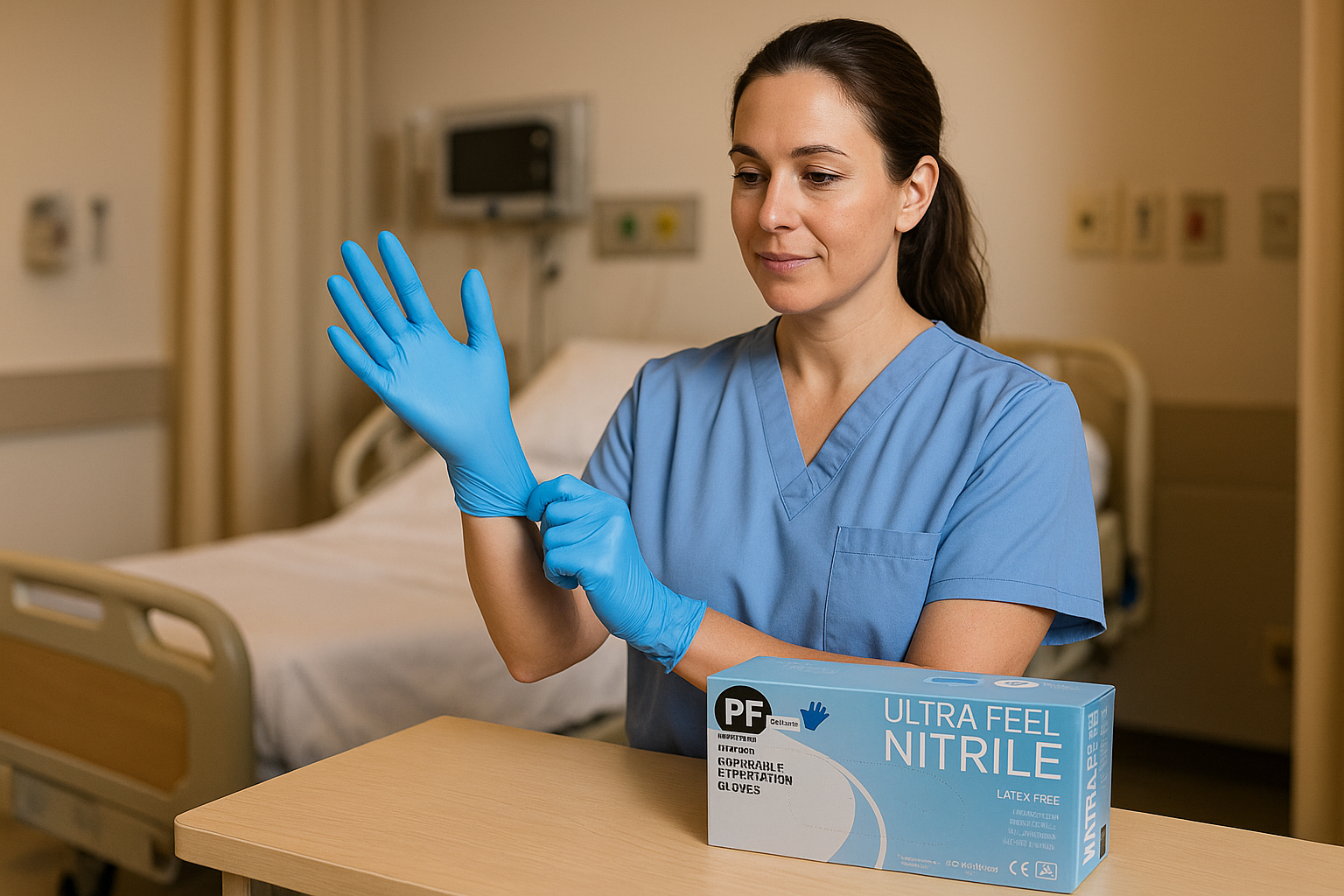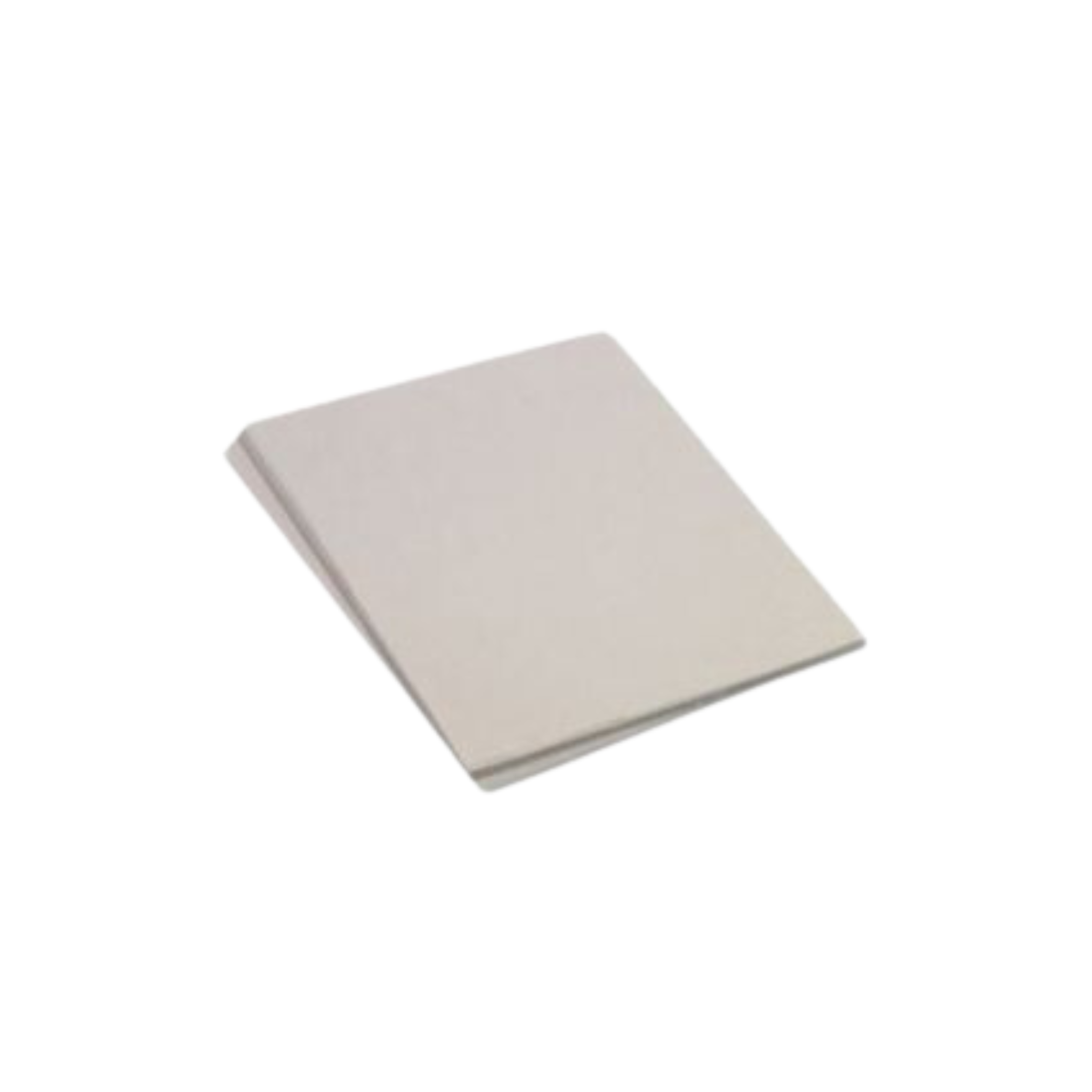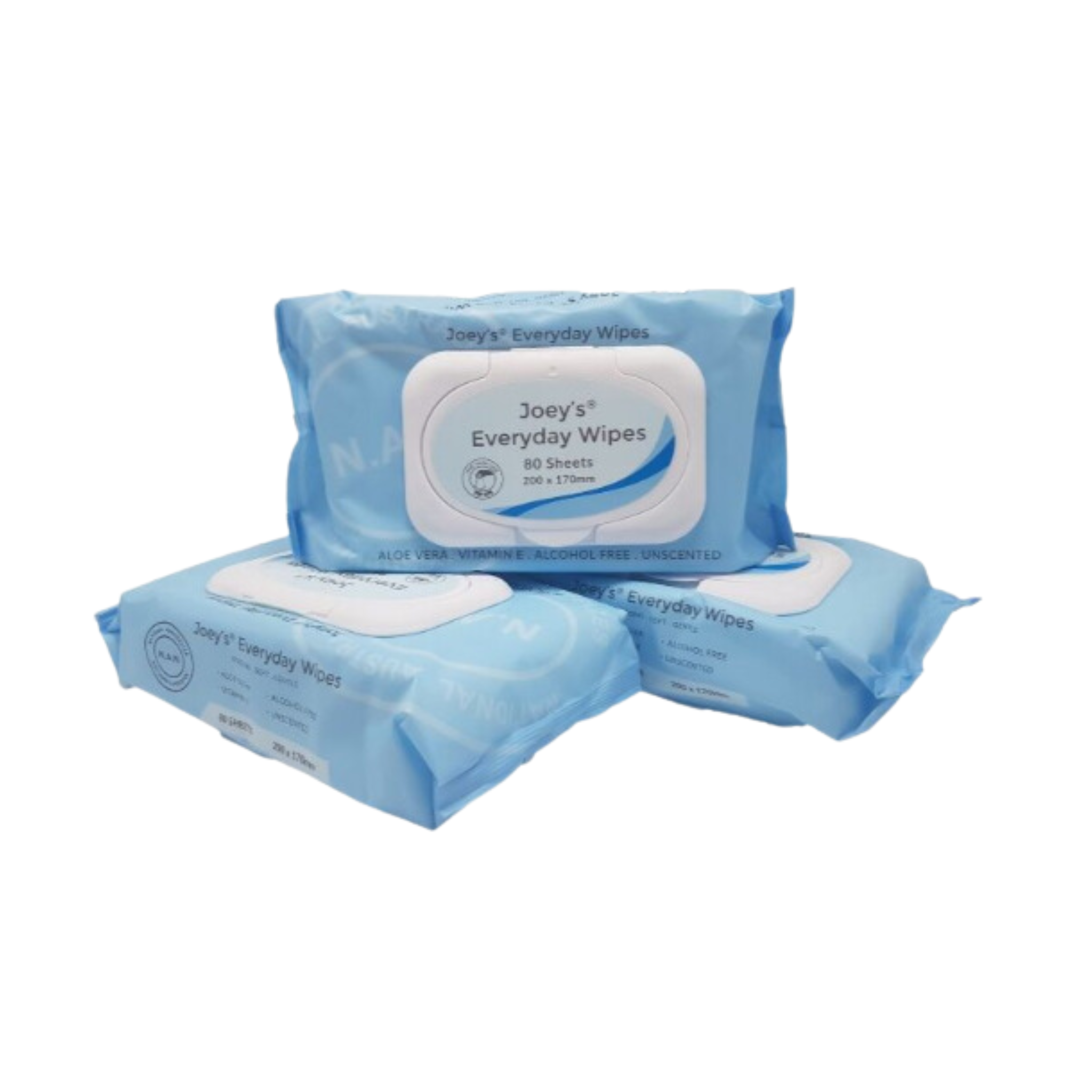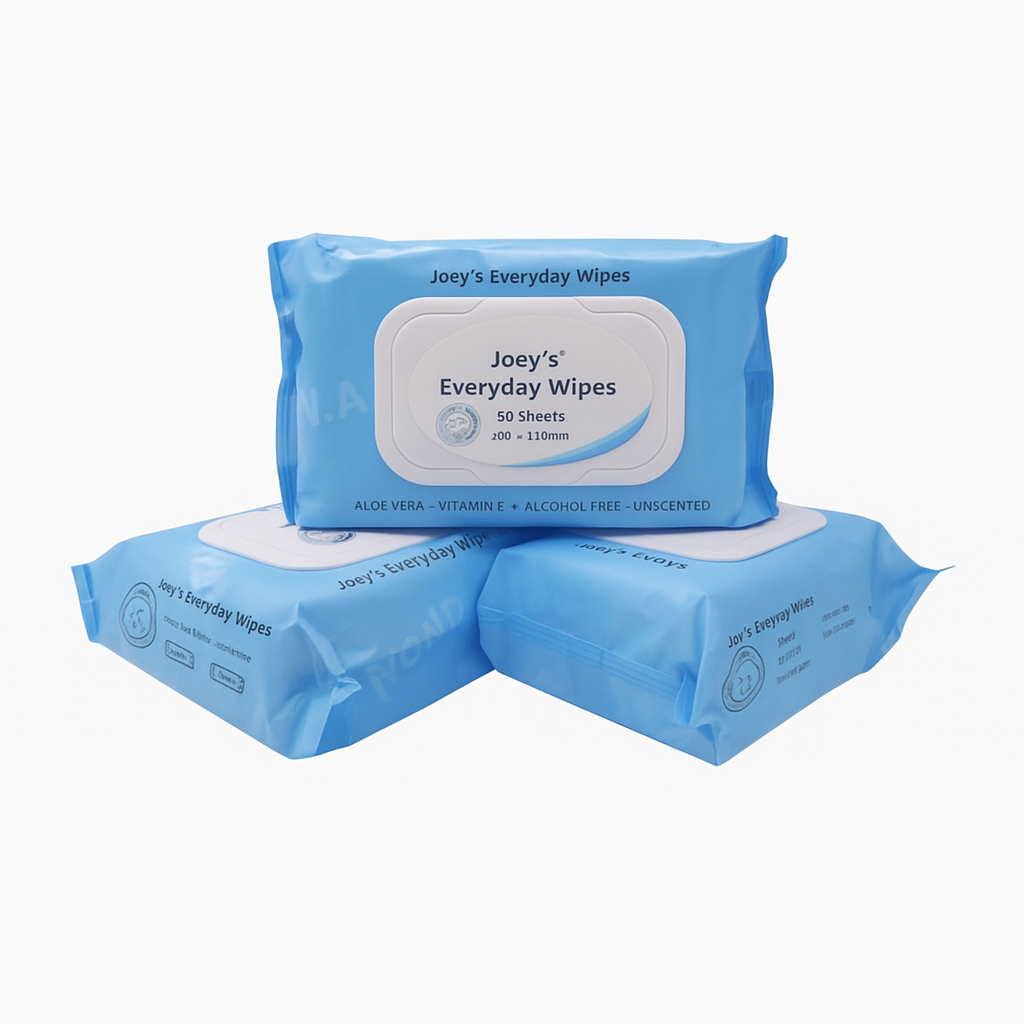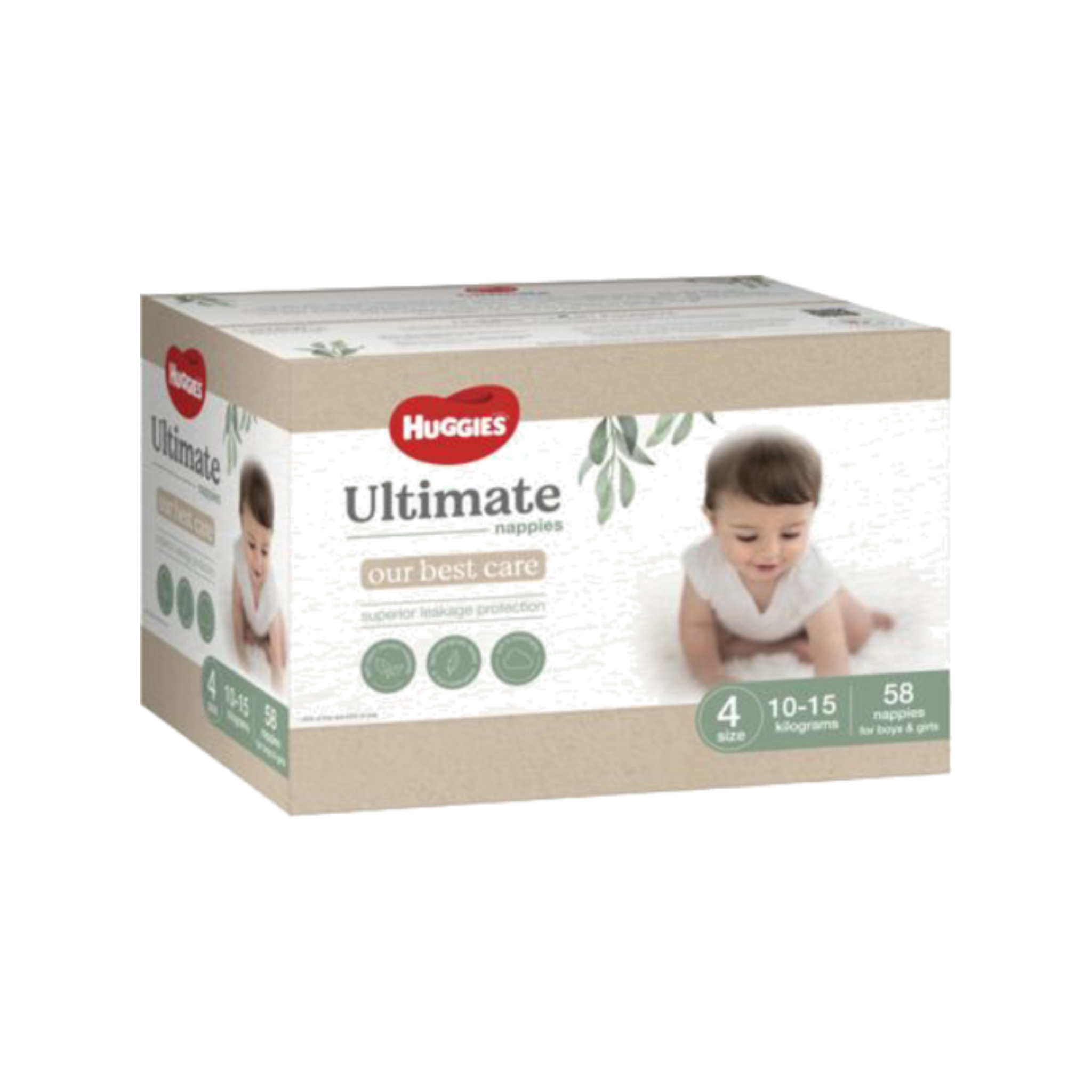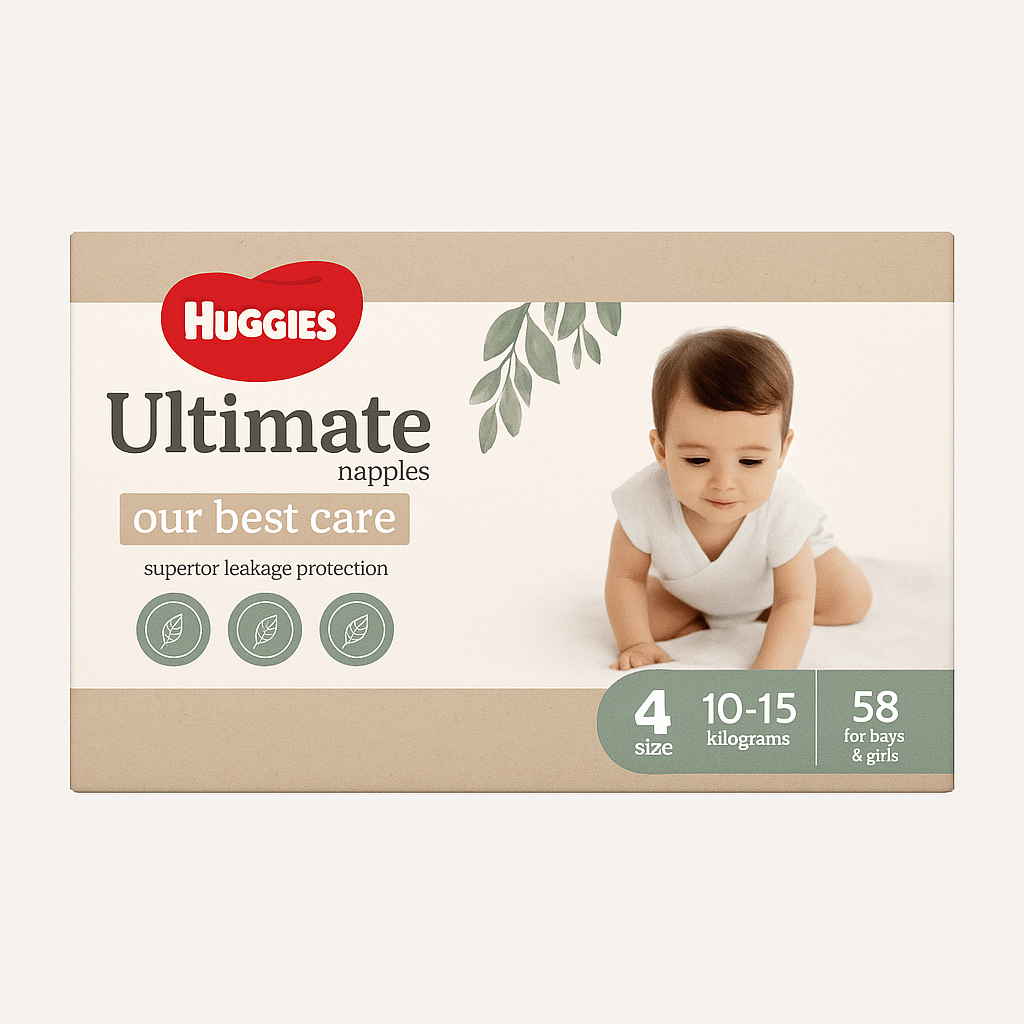Continence Care in Aged and Clinical Settings
Effective continence care improves dignity, comfort, and health outcomes in aged care and medical support programs.
Summary
Continence care is an essential component of health and aged care services, focusing on supporting individuals who experience urinary or faecal incontinence. Proper continence management improves comfort, reduces infection risk, and supports independence. This guide explores continence management in aged care, best-practice care plans, assessment processes, and practical considerations for nursing staff and care teams—particularly in complex or chronic health cases such as Parkinson’s disease.
What Is Continence Care and Why Is It Important?
Continence care refers to clinical and supportive strategies that help individuals maintain bladder and bowel control or manage incontinence effectively. In aged care, it forms part of personal care routines and is included in residents’ individualised support plans.
Why is continence care essential?
- Maintains hygiene and reduces risk of skin breakdown
- Improves resident dignity and confidence
- Supports hydration, nutrition, and mobility goals
- Prevents urinary tract infections (UTIs) and pressure injuries
According to the Continence Foundation of Australia, over 5 million Australians experience bladder or bowel control problems, with prevalence significantly higher in aged care residents.
Continence Management in Aged Care
Aged care facilities have a duty of care to assess and manage incontinence through personalised continence support plans. Continence management in aged care is guided by national quality standards and focuses on reducing falls, infections, and embarrassment for residents.
Key components of continence management aged care include:
- Initial continence assessment on admission
- Daily monitoring and documentation of toileting needs
- Use of continence aids (pads, pants, urinals, commodes)
- Scheduled toileting or prompted voiding programs
- Referral to continence nurses or allied health specialists
Best practice includes:
- Implementing a continence care and bowel management program
- Training staff in continence support and correct product usage
- Encouraging fluids and diet that support bowel regularity
When done correctly, continence management helps reduce antipsychotic use, night-time falls, and dependence on high-absorbency products.
Creating a Continence Management Care Plan
A continence management care plan outlines individualised goals and support strategies for people living with incontinence. This may be part of a broader aged care or community nursing care plan.
-
A good continence care plan should include:
Comprehensive assessment results (e.g., bladder diaries, bowel history) identified continence issues, type, and severity. Interventions in place (timed toileting, mobility aids). Product selection based on comfort, skin safety, and dignityMonitoring and review frequencyGoals such as reduced night-time accidents or independent toileting
-
For example:
A resident with urge incontinence and mild mobility limitations may have a plan that includes 2-hourly toileting prompts, absorbent pants, fall-prevention mats, and bi-monthly reviews with a continence nurse.
Care plans must be person-centred, goal-driven and reviewed regularly. The Australian Aged Care Quality and Safety Commission recommends integrating continence strategies within overall personal care and mobility goals.
Nurse Responsibilities in Continence Care Planning
Nurses play a vital role in assessment, implementation, and evaluation of continence care plans, particularly in high-risk populations such as aged care residents or patients with chronic illness.
What should the nurse include in the plan of care for a patient with urge incontinence?
- Fluid intake and timing
- Scheduled toileting intervals (e.g., every 2–3 hours)
- Non-pharmacological interventions like pelvic floor training
- Observation for signs of UTIs or skin breakdown
- Education for the patient and family
Regular documentation and communication with the wider care team are essential for evaluating effectiveness and adjusting plans.
Education and respectful care practices also help reduce the stigma associated with incontinence—especially important in residential care environments.
Featured Products
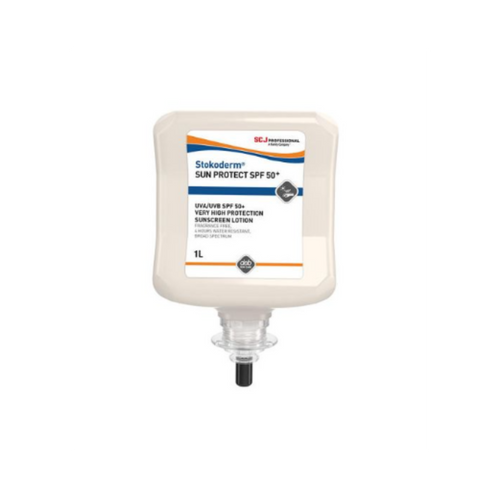
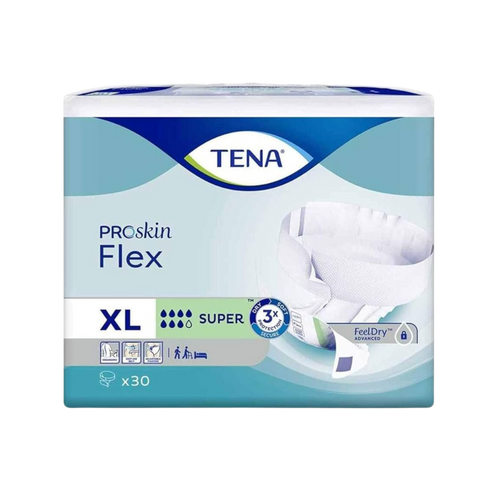
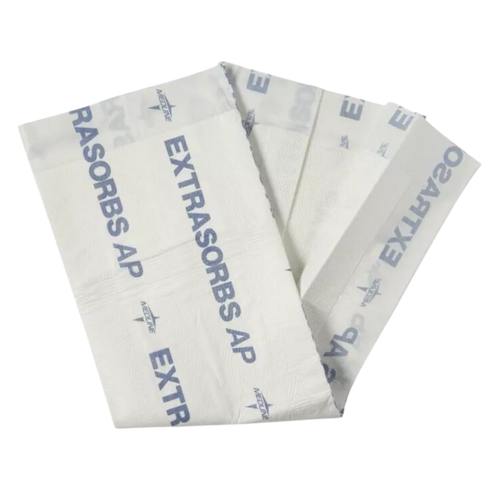
Continence Assessment and Management in Clinical Settings
Assessment is the first step in a good continence assessment and management care plan. Conducted by a continence nurse or trained healthcare professional, the process determines the type of incontinence, its cause, and appropriate interventions.
Continence assessment includes:
- Bladder/bowel diary (input/output)
- Mobility and cognition evaluation
- History of chronic conditions (e.g., diabetes, Parkinson’s)
- Pelvic floor strength assessment
- Skin integrity and infection checks
Based on the findings, management strategies might involve:
- Physiotherapy or pelvic floor exercises
- Medication review (to identify contributing agents)
- Incontinence aids (pads, urinals, waterproof bedding)
- Toileting routines and environmental modifications
Continence assessments are often supported by Medicare or funded through NDIS or aged care programs for eligible individuals.
Continence Care in Parkinson’s Patients
Patients with neurological conditions such as Parkinson’s disease often experience urge incontinence, nocturia, or constipation due to weakened pelvic muscles or disrupted nerve signals.
What is continence care in Parkinson’s patients?
It involves tailored care plans addressing:
- Delayed bladder signals
- Constipation from reduced gut motility
- Difficulty initiating voiding due to muscle rigidity
- Cognitive decline impacting awareness of toileting needs
Interventions may include:
- Scheduled voiding with carer prompts
- High-fibre diet and fluid intake tracking
- Medications such as anticholinergics (with caution)
- Environmental supports (bedside commodes, raised toilet seats)
Carers must also understand when to escalate to continence specialists or urologists if symptoms worsen. A multidisciplinary approach—nursing, GP, physiotherapy, dietetics—is essential.
Continence Care and the Bowel Management Program
A continence care and bowel management program supports residents or patients with chronic constipation, diarrhoea, or faecal incontinence. This is particularly relevant in aged care and disability support.
Common components:
- Daily bowel charting
- Laxative protocols
- Dietitian input for fibre/fluid goals
- Use of suppositories or enemas as prescribed
- Use of abdominal massage or toileting techniques
Constipation is a common cause of overflow incontinence in older adults, making bowel programs a crucial component of full continence care.
Conclusion
Continence care is a fundamental aspect of quality care in aged care homes, hospitals, and home-based disability support. When delivered thoughtfully and respectfully, it promotes dignity, safety, and improved health outcomes.
Whether you're a nurse building a continence management care plan, a carer supporting someone with Parkinson’s, or an aged care provider assessing toileting needs, investing in structured continence management leads to better daily living for everyone involved.
By using appropriate assessment tools, care strategies, and consumable products, care teams can significantly reduce complications, improve independence, and enhance quality of life for people living with incontinence.
Support comfort, dignity, and independence.
Explore our specialist continence care solutions designed for aged care, hospital use, and disability support.
📞 Call 1300 615 193 or order online at our website.
